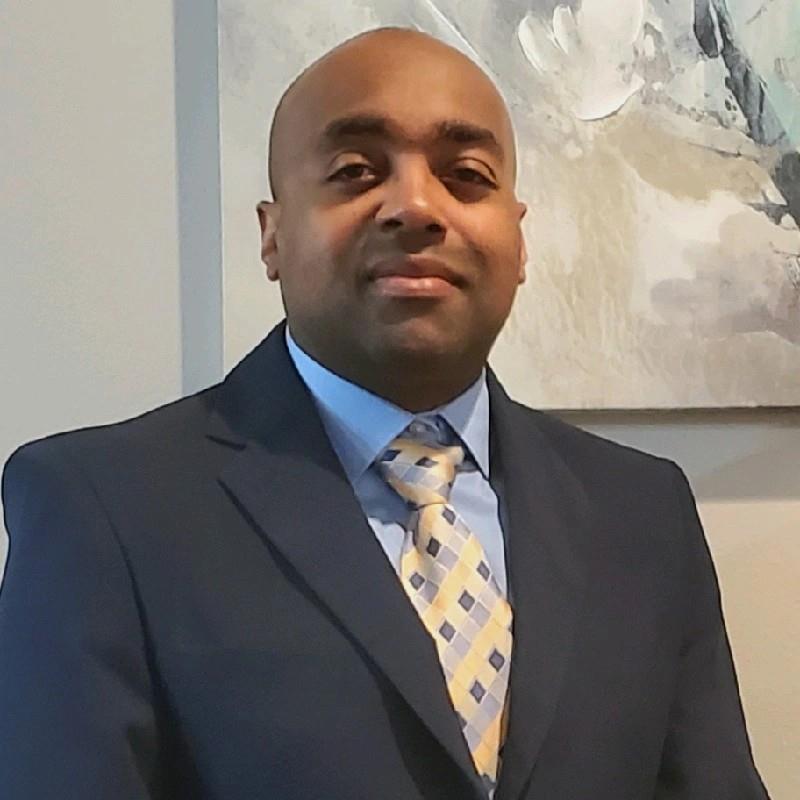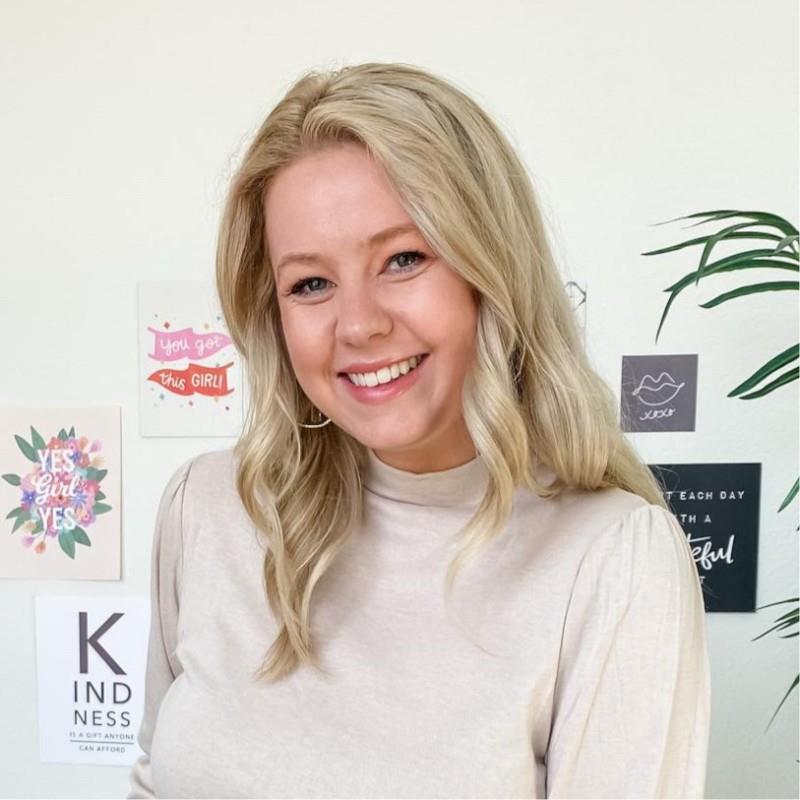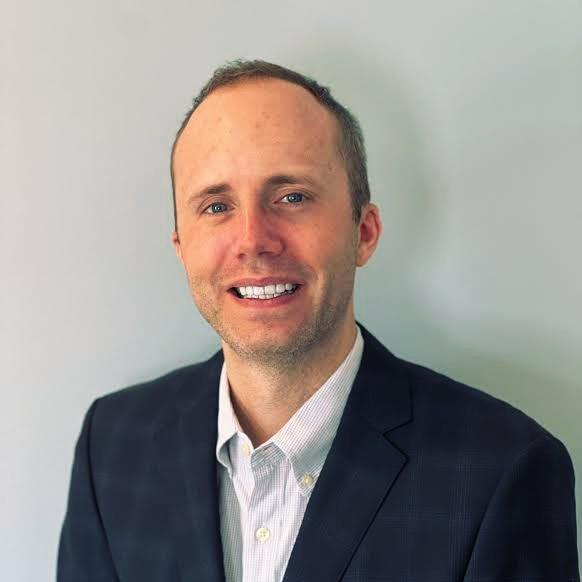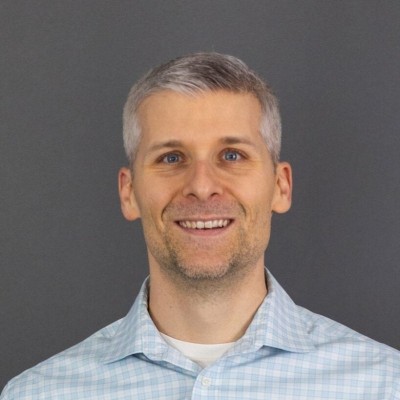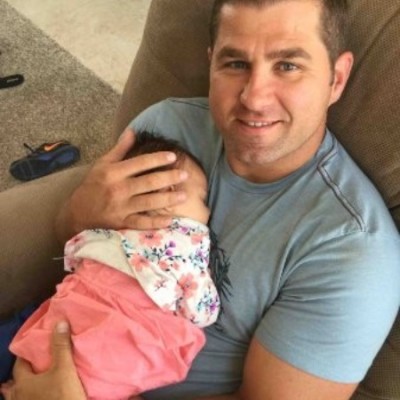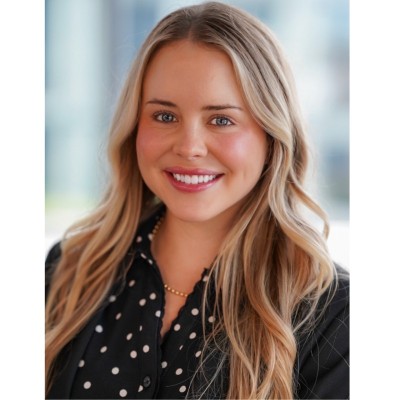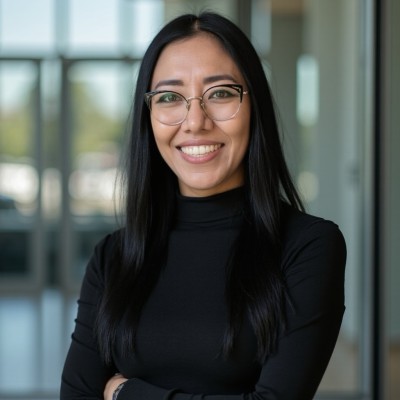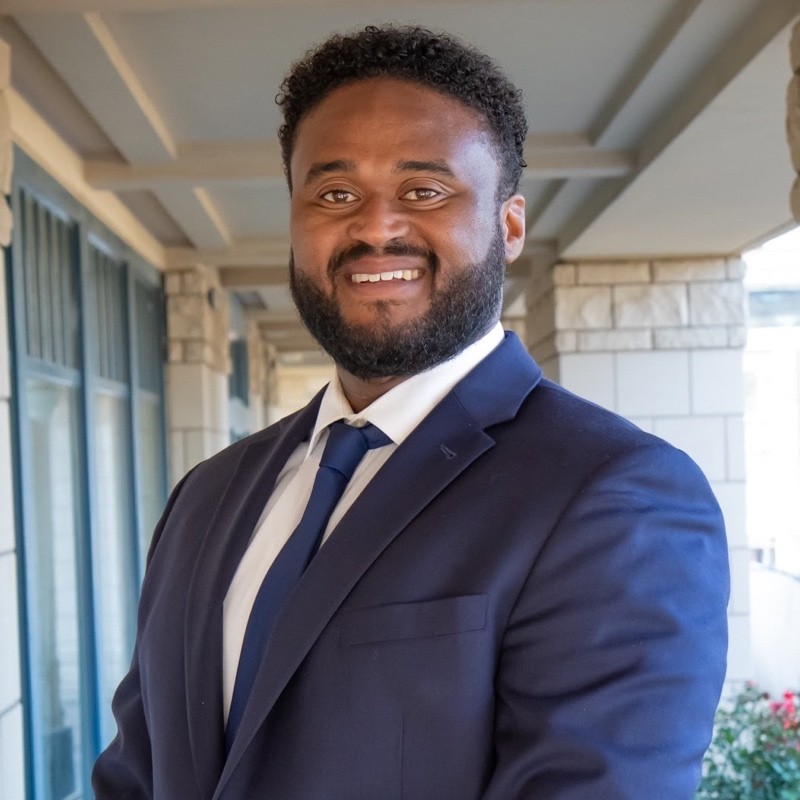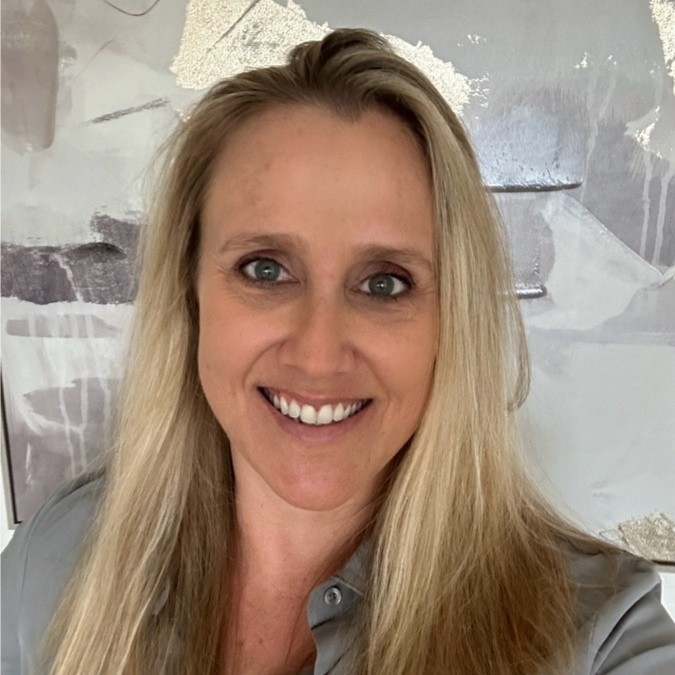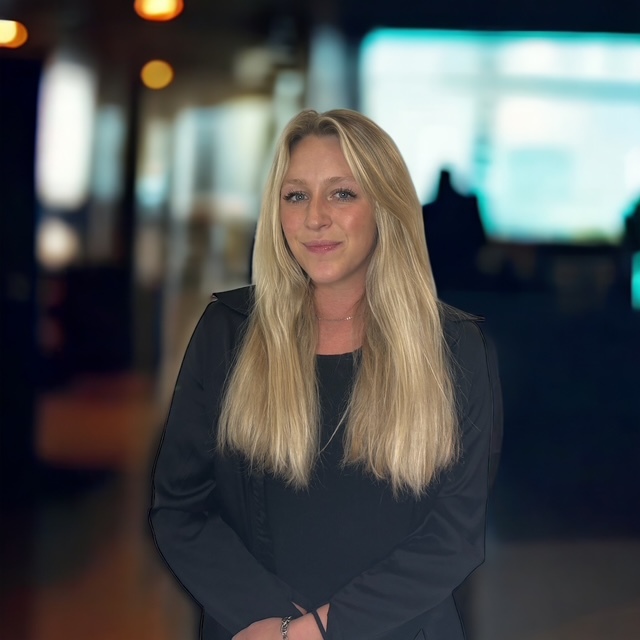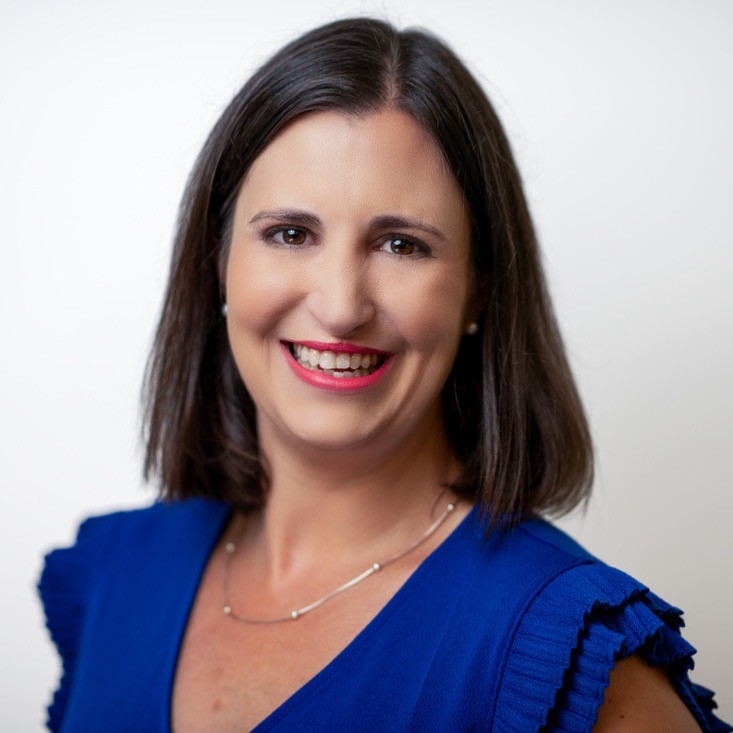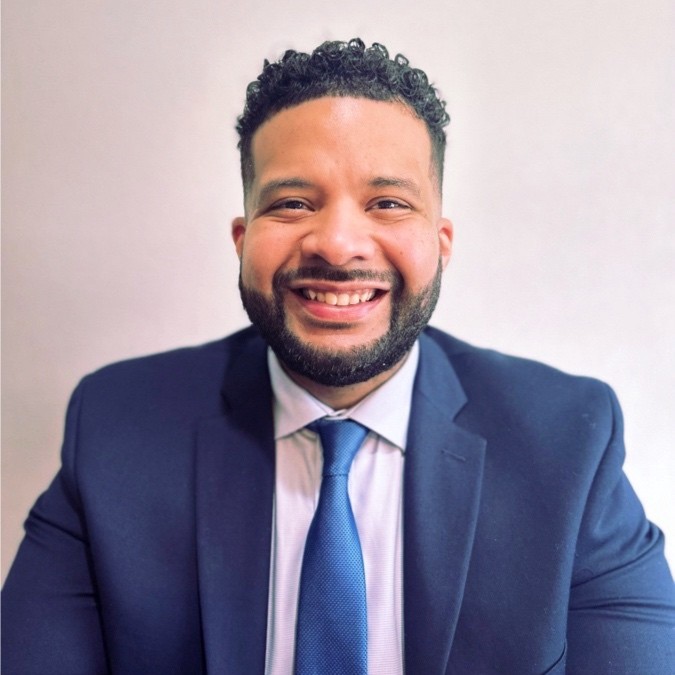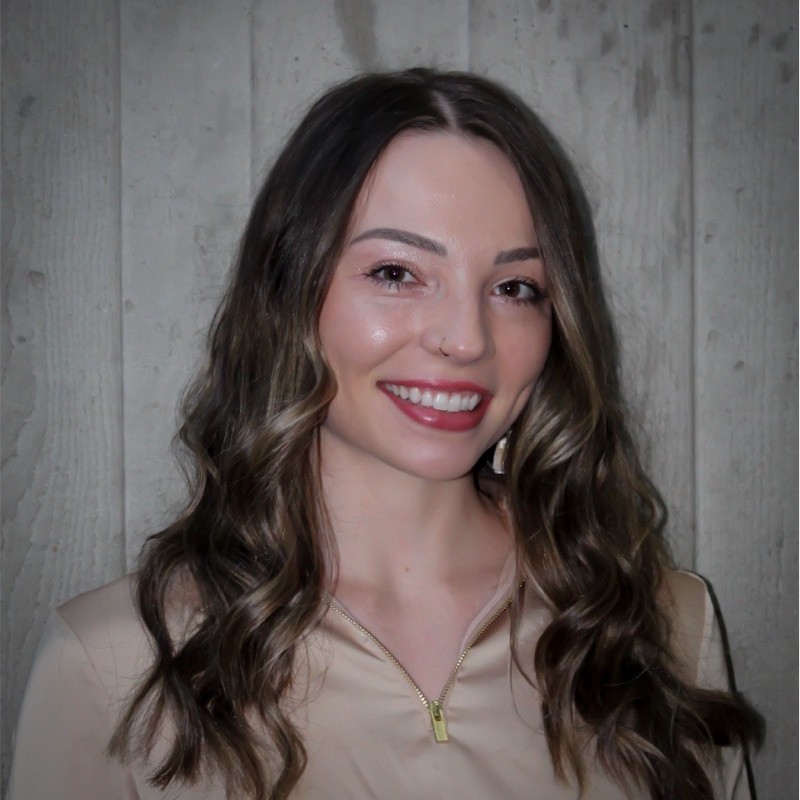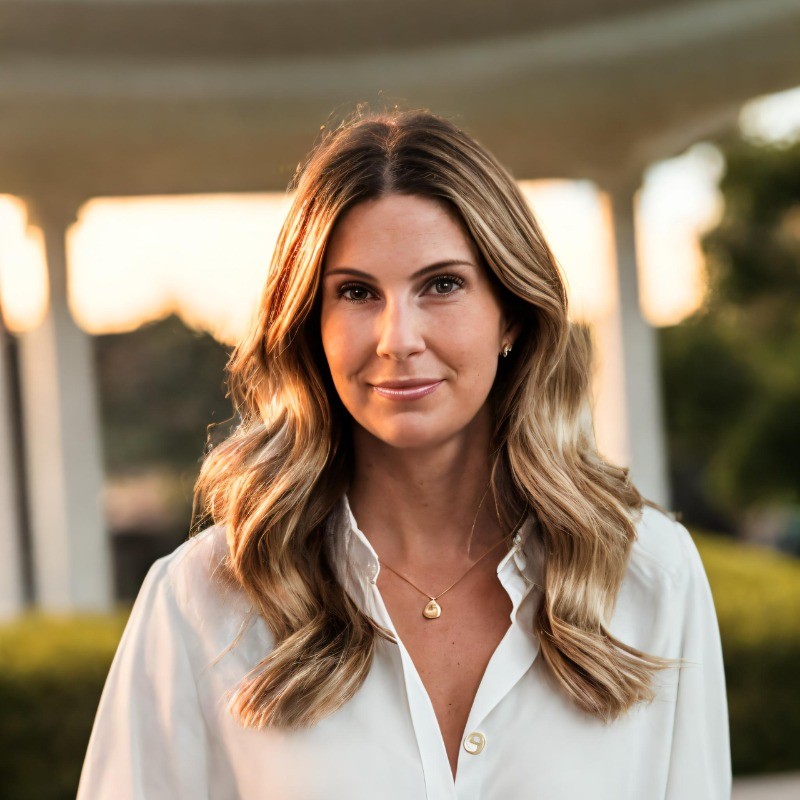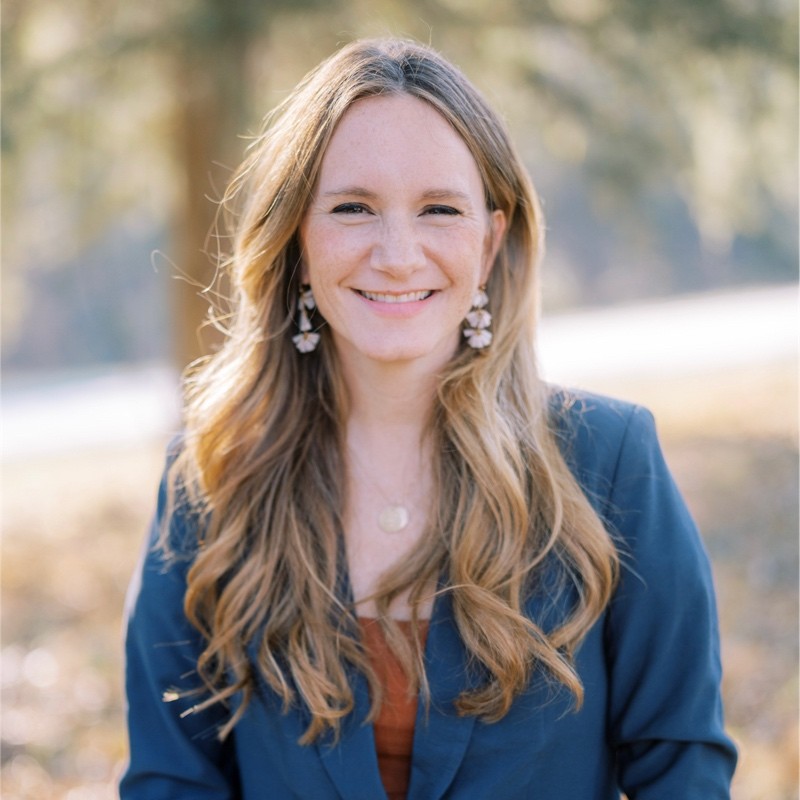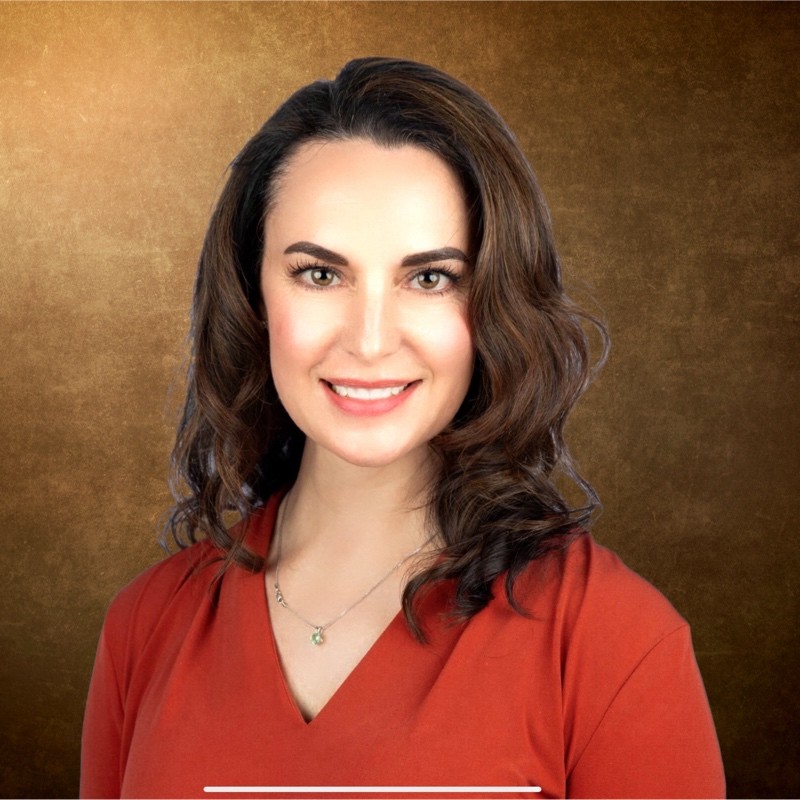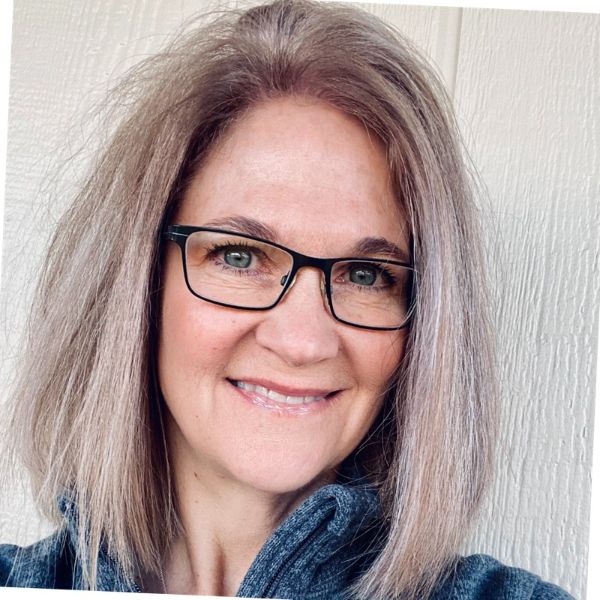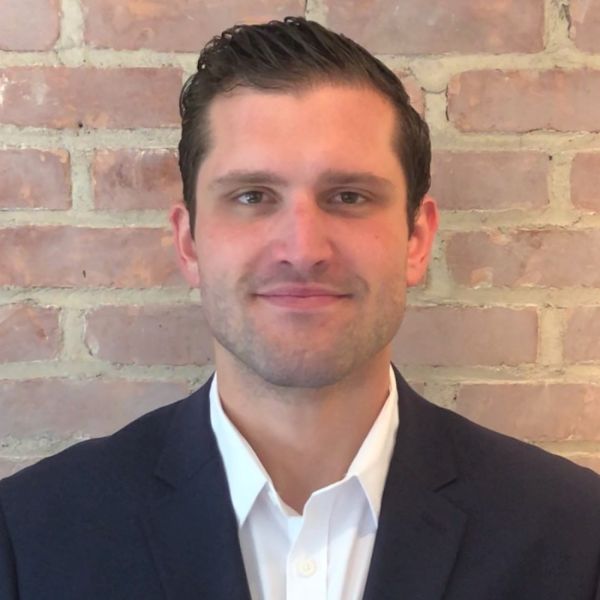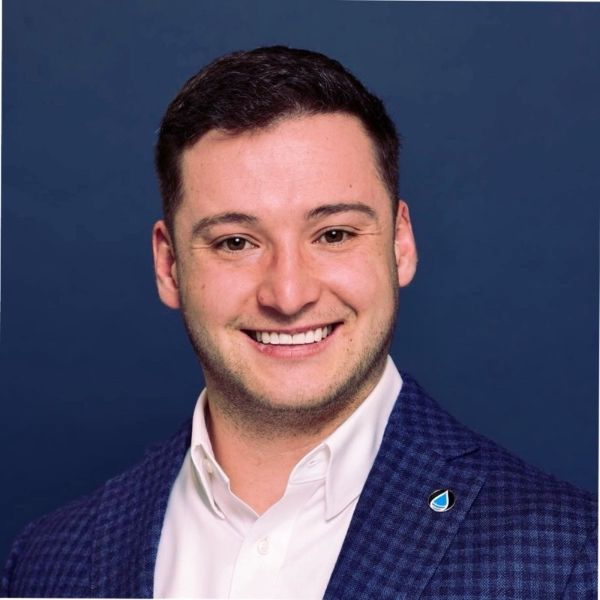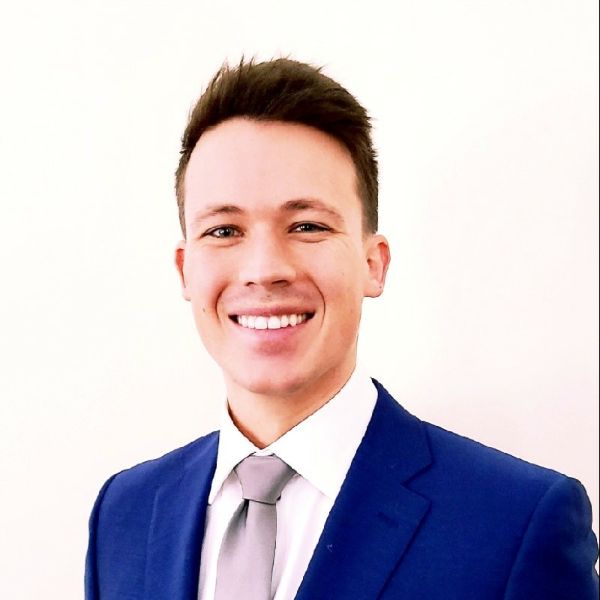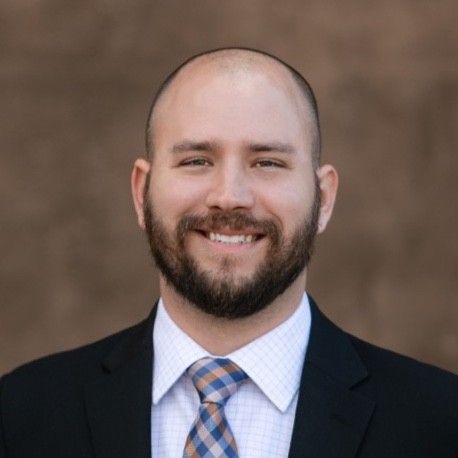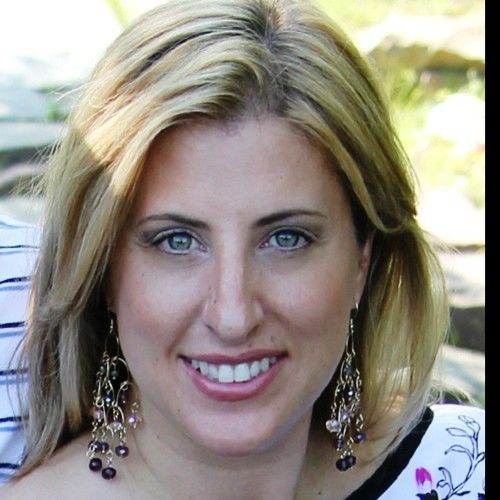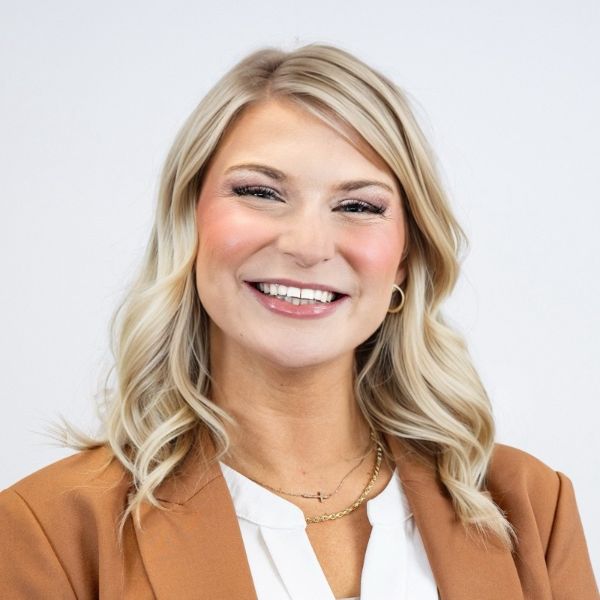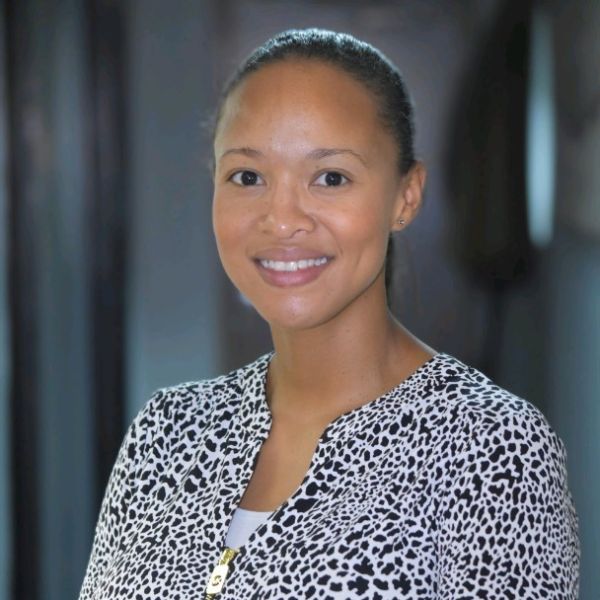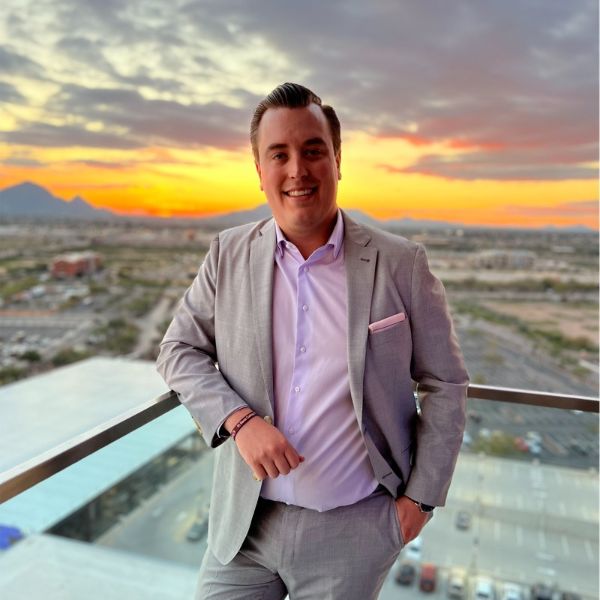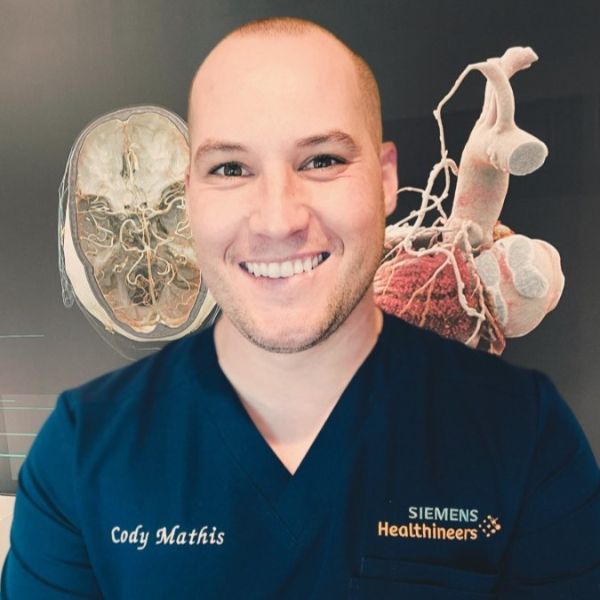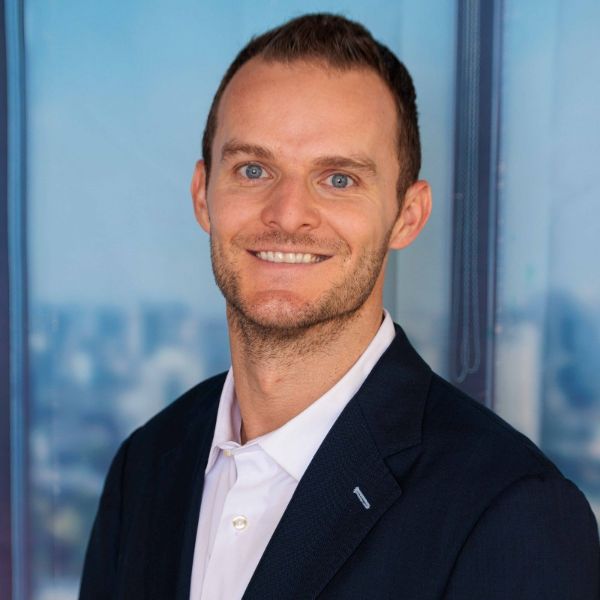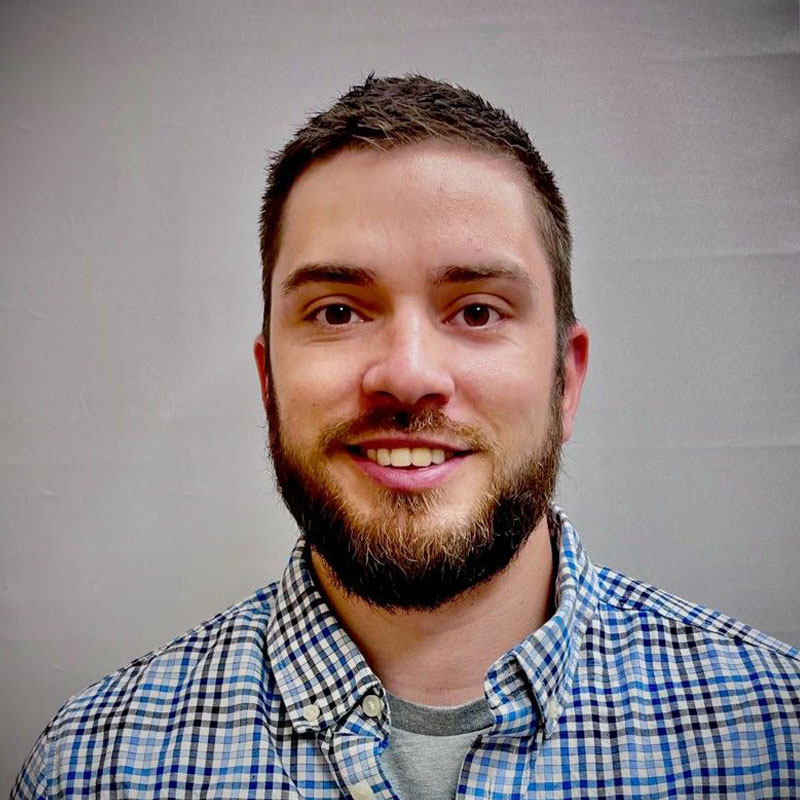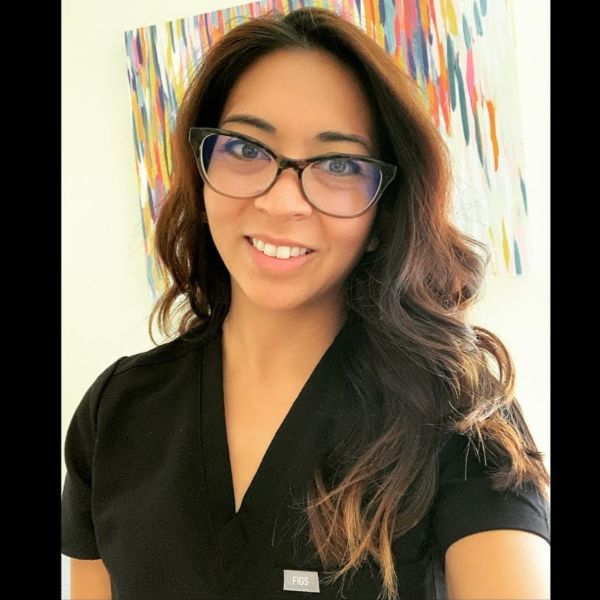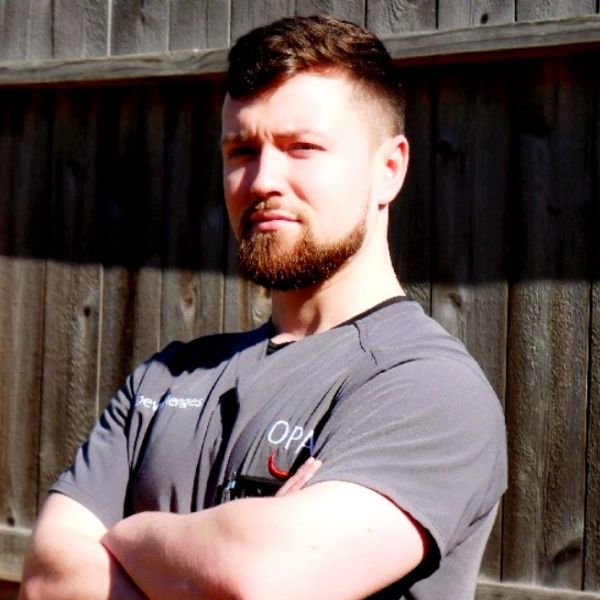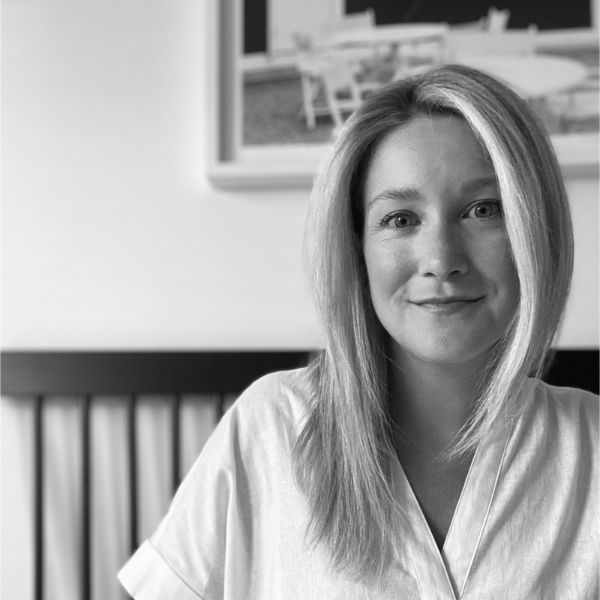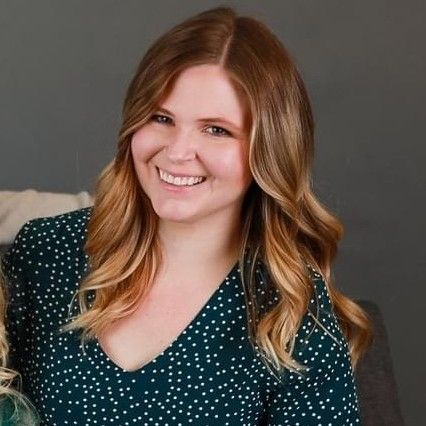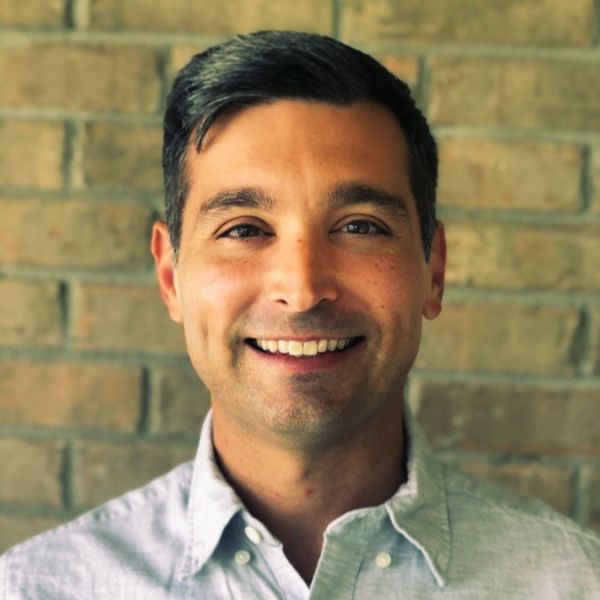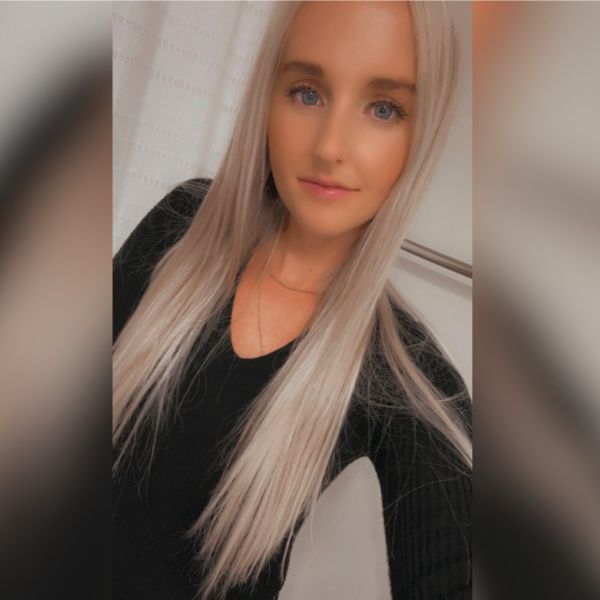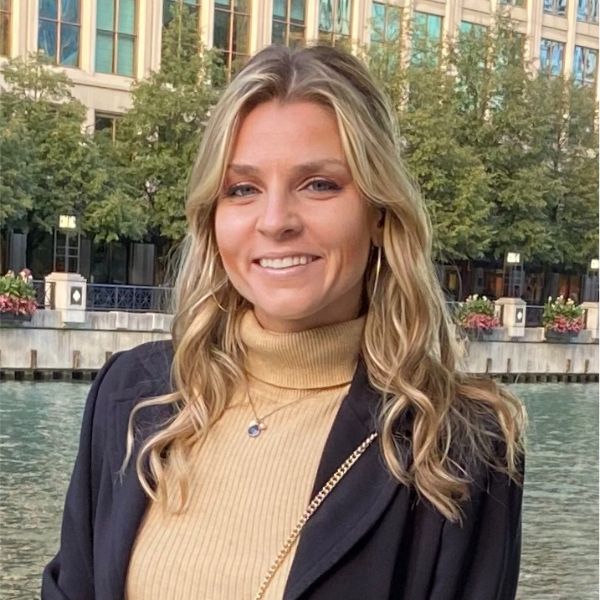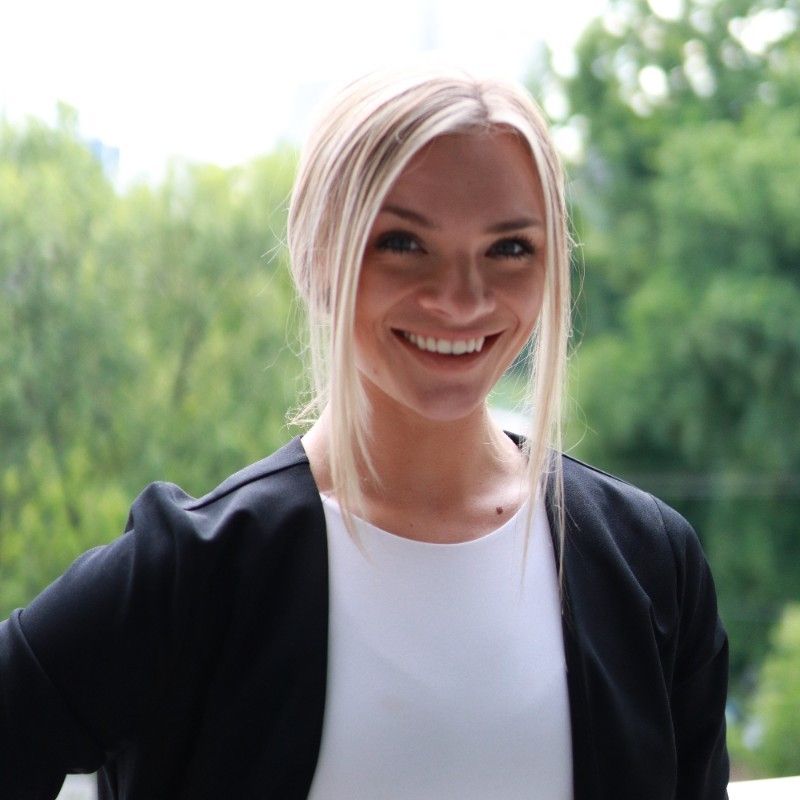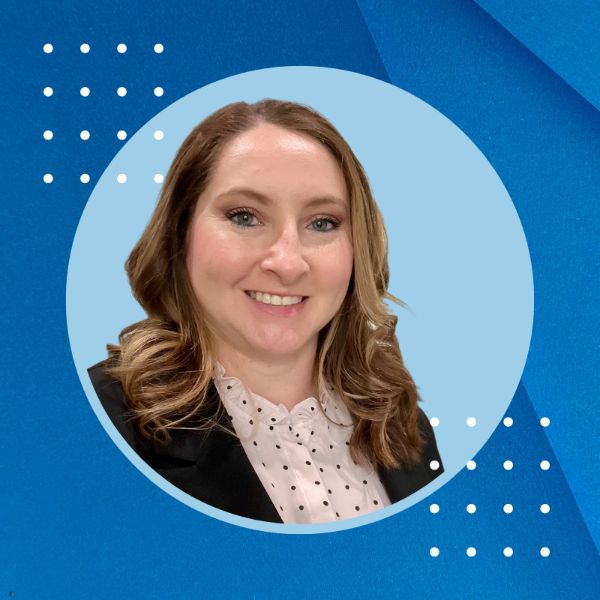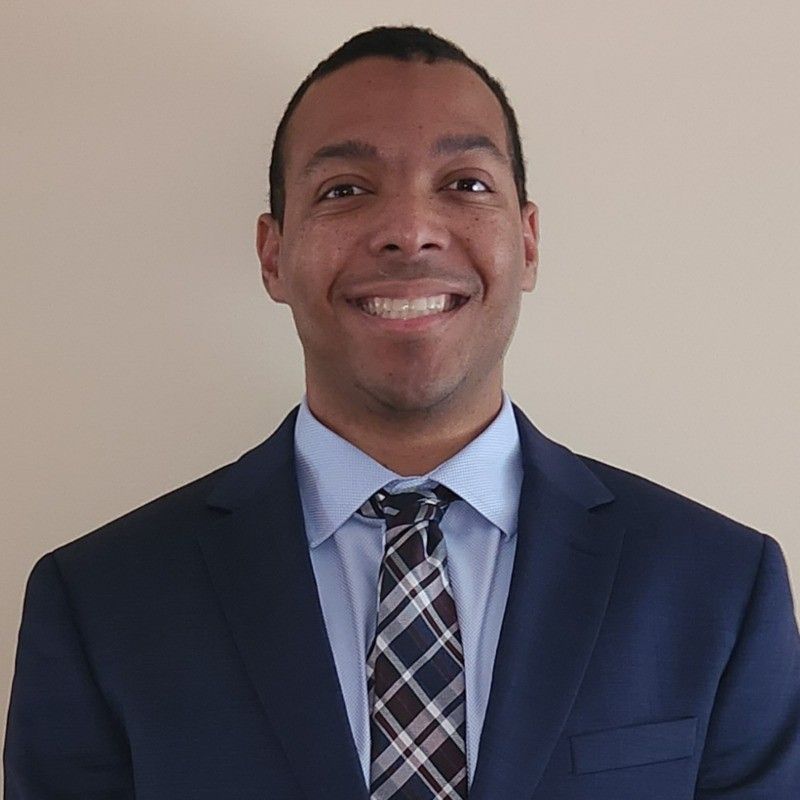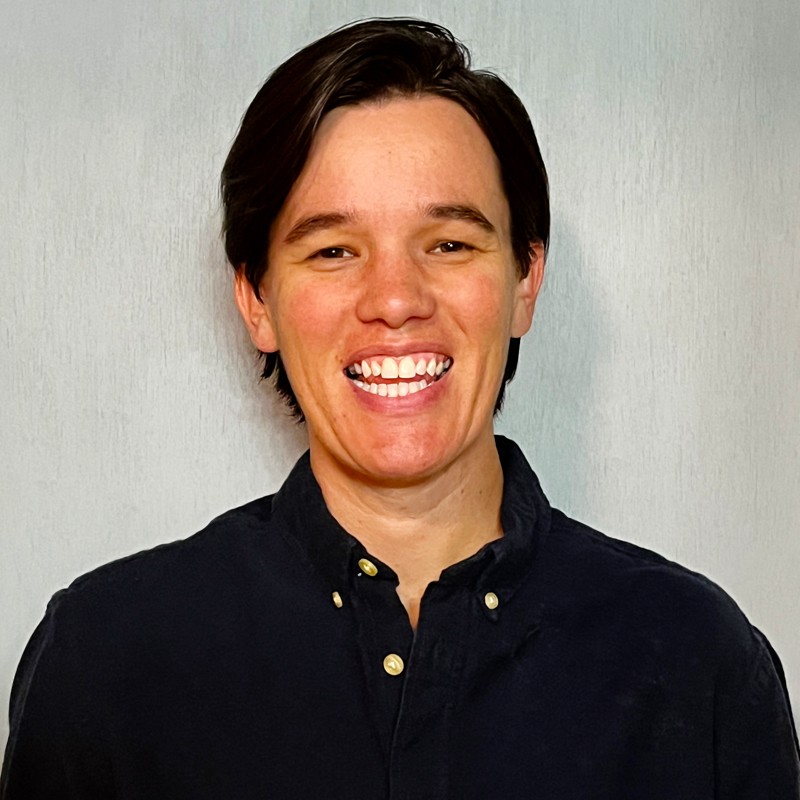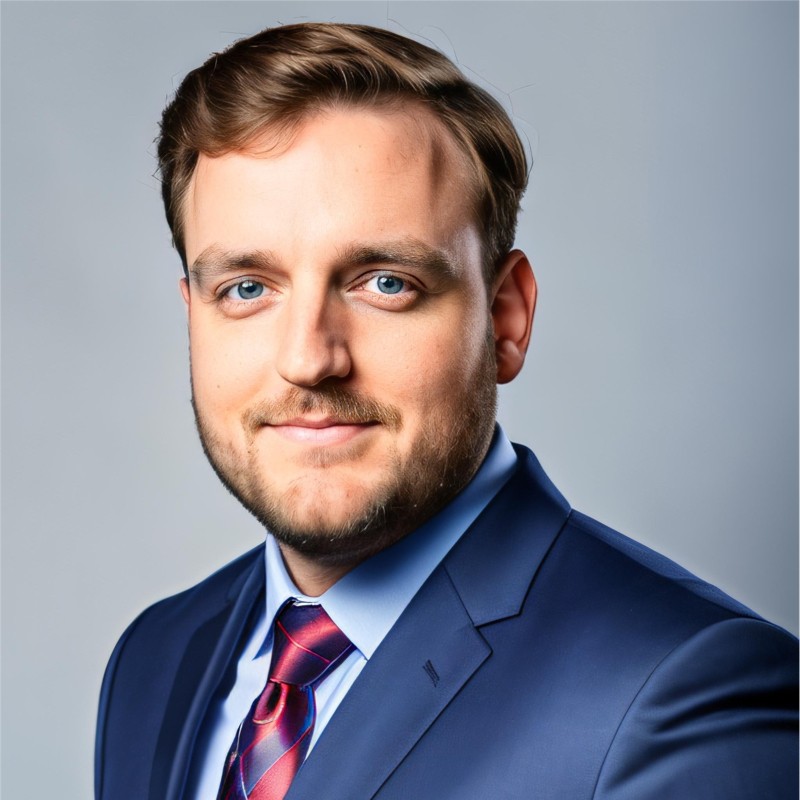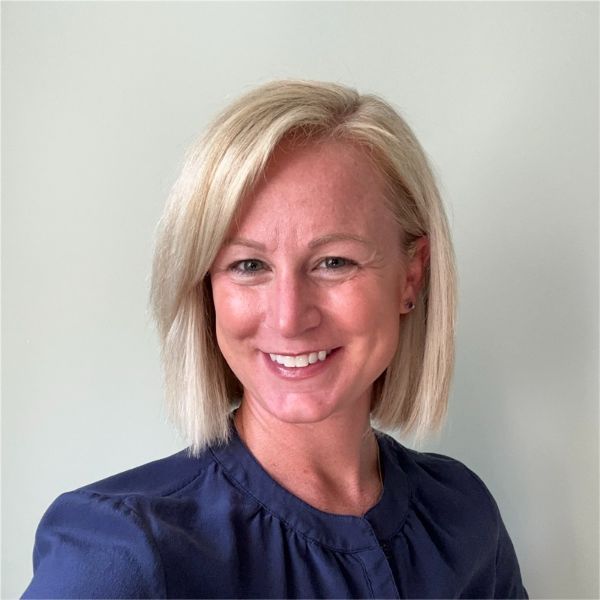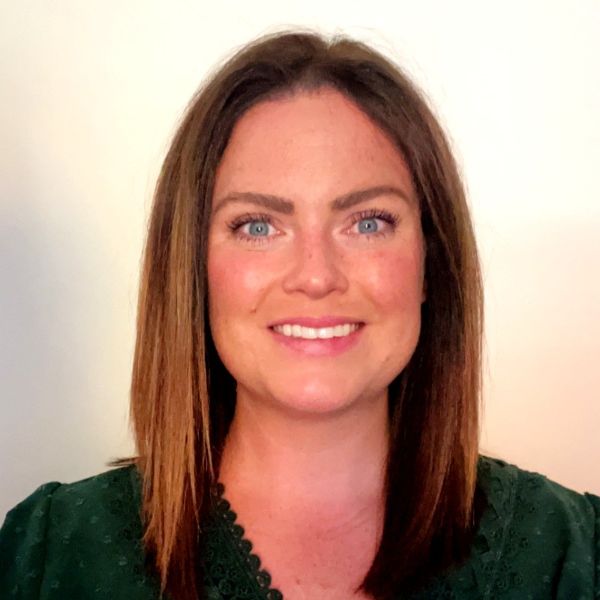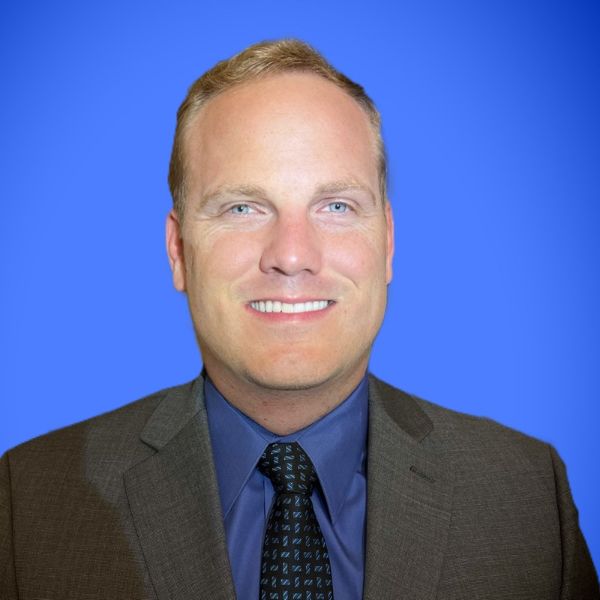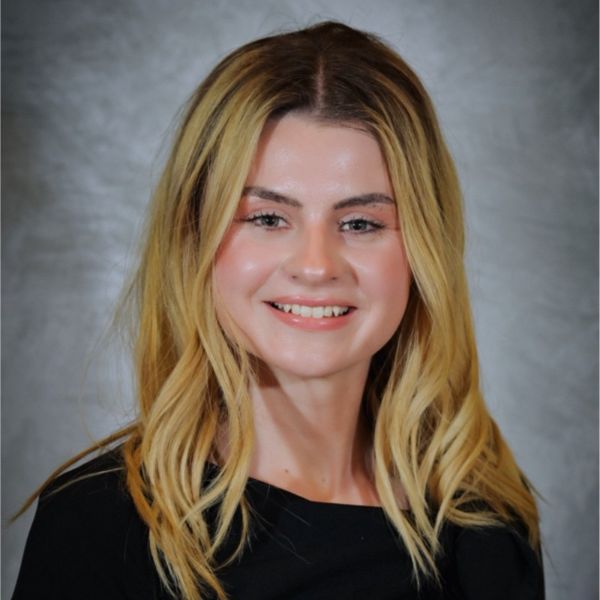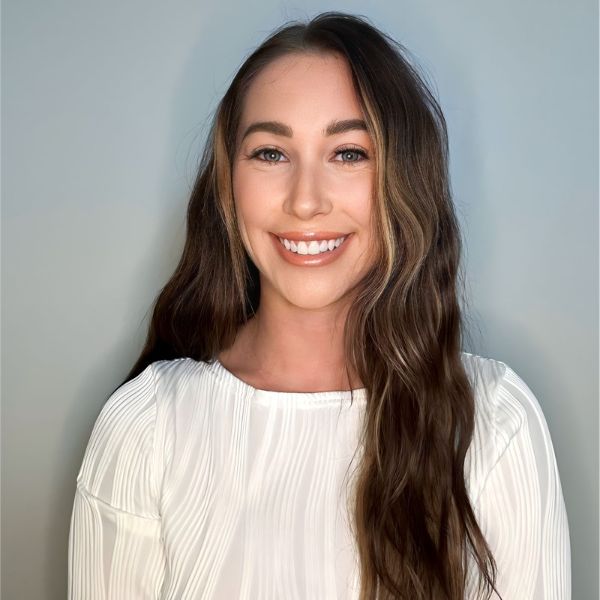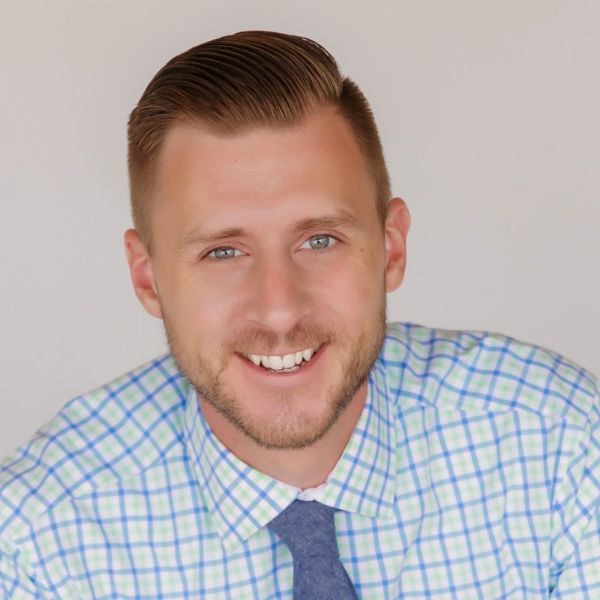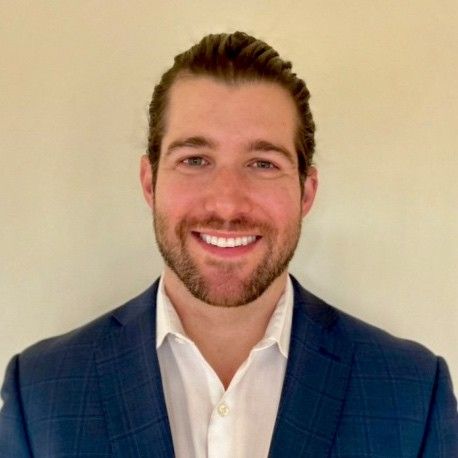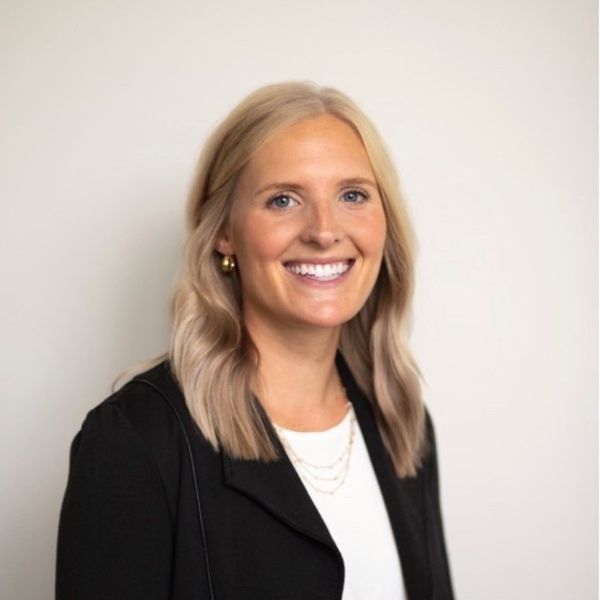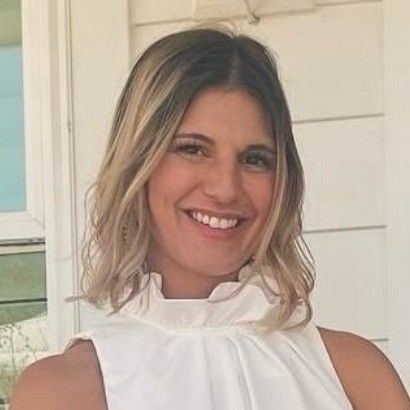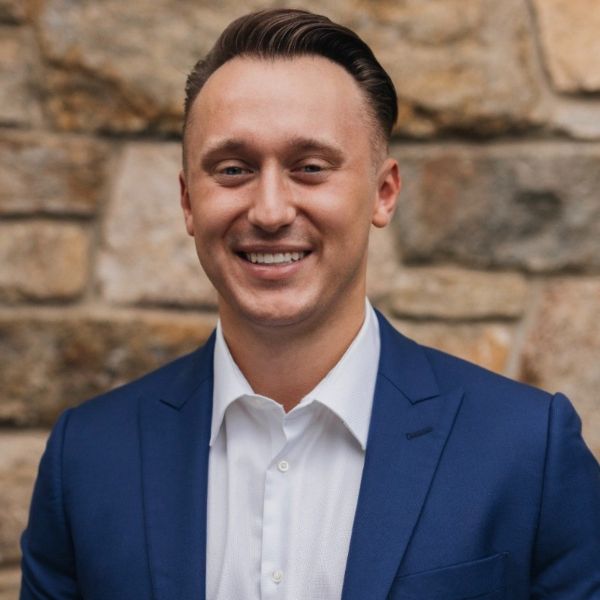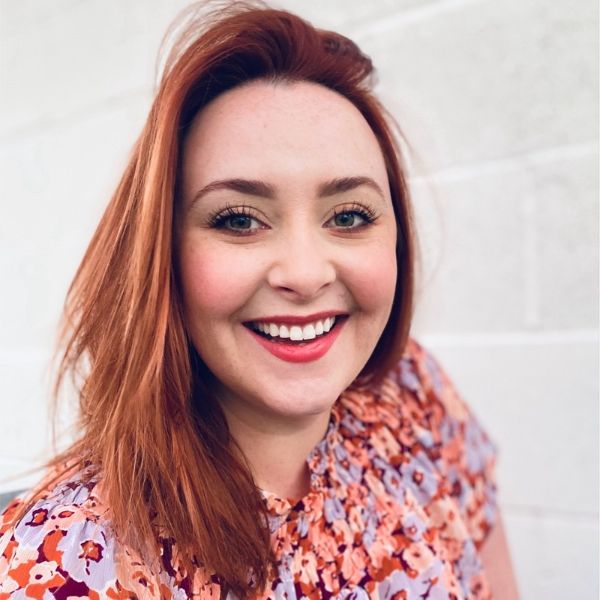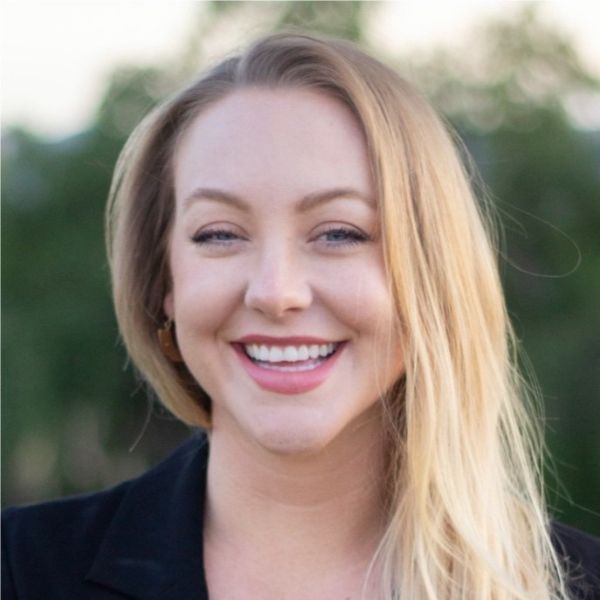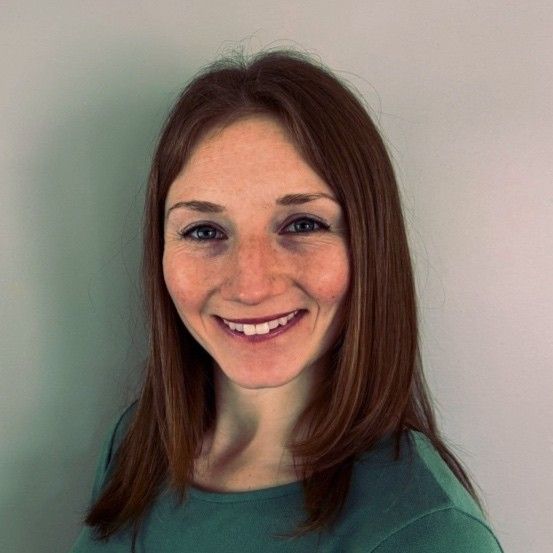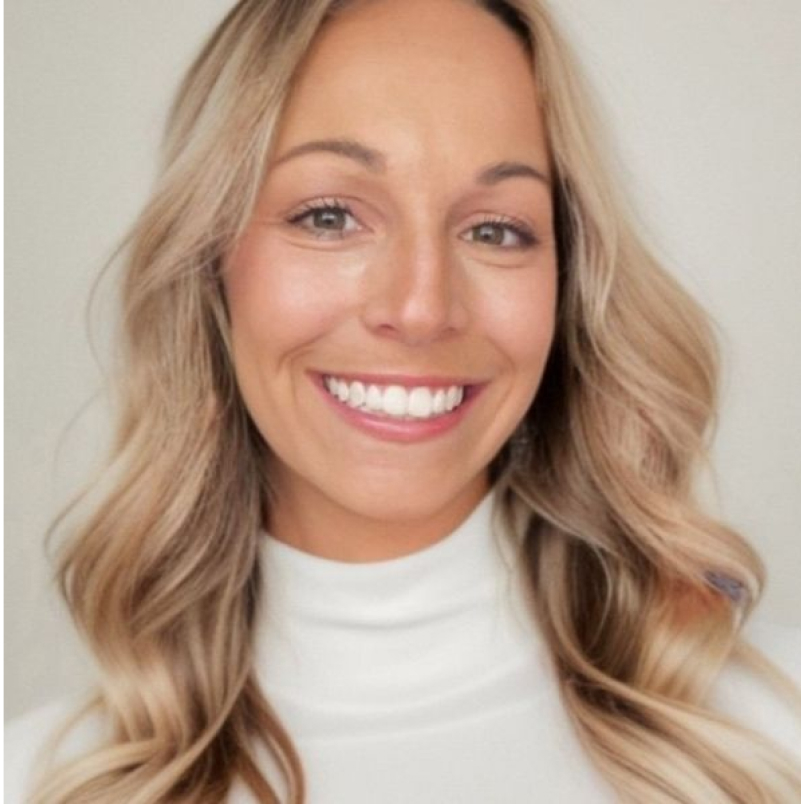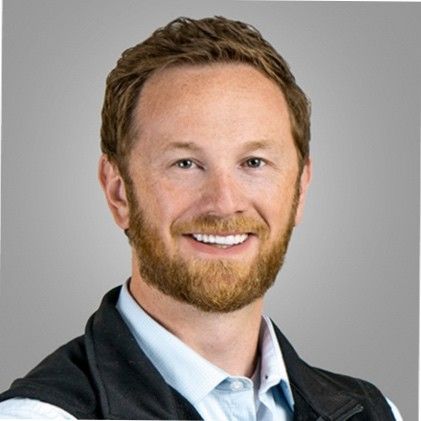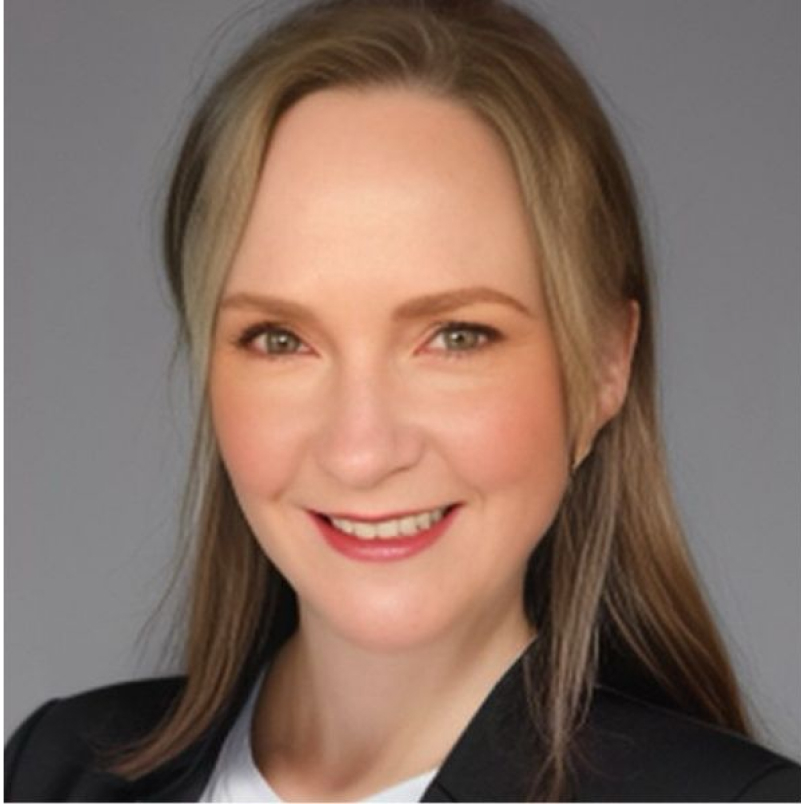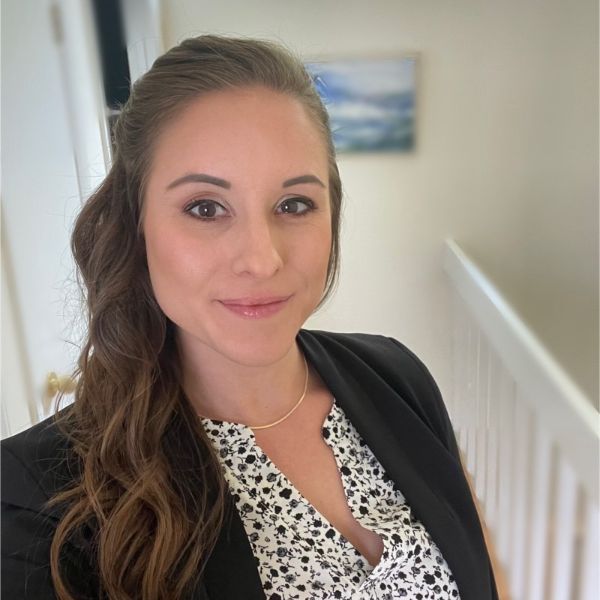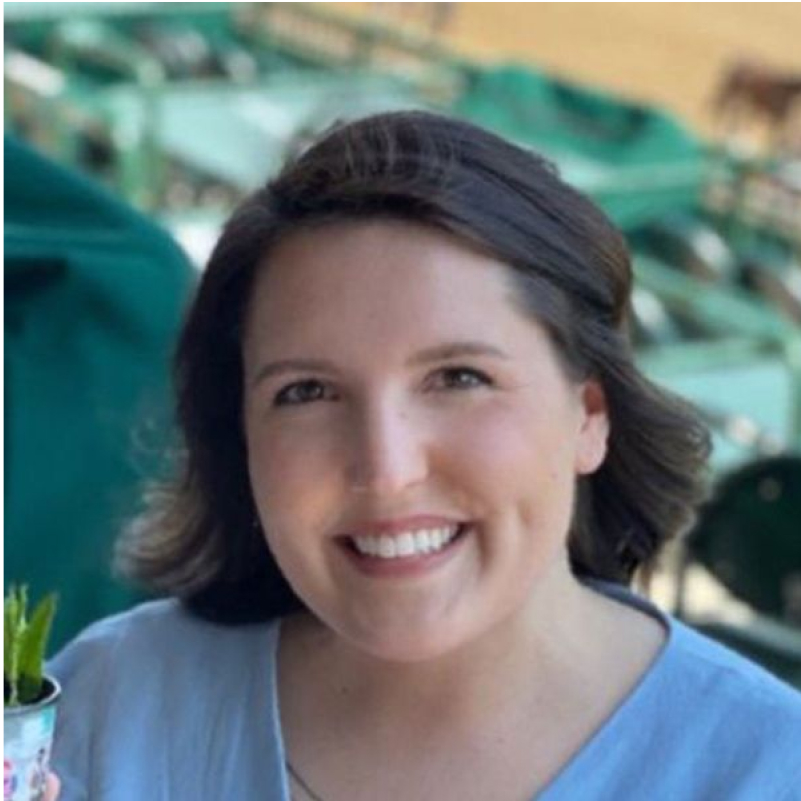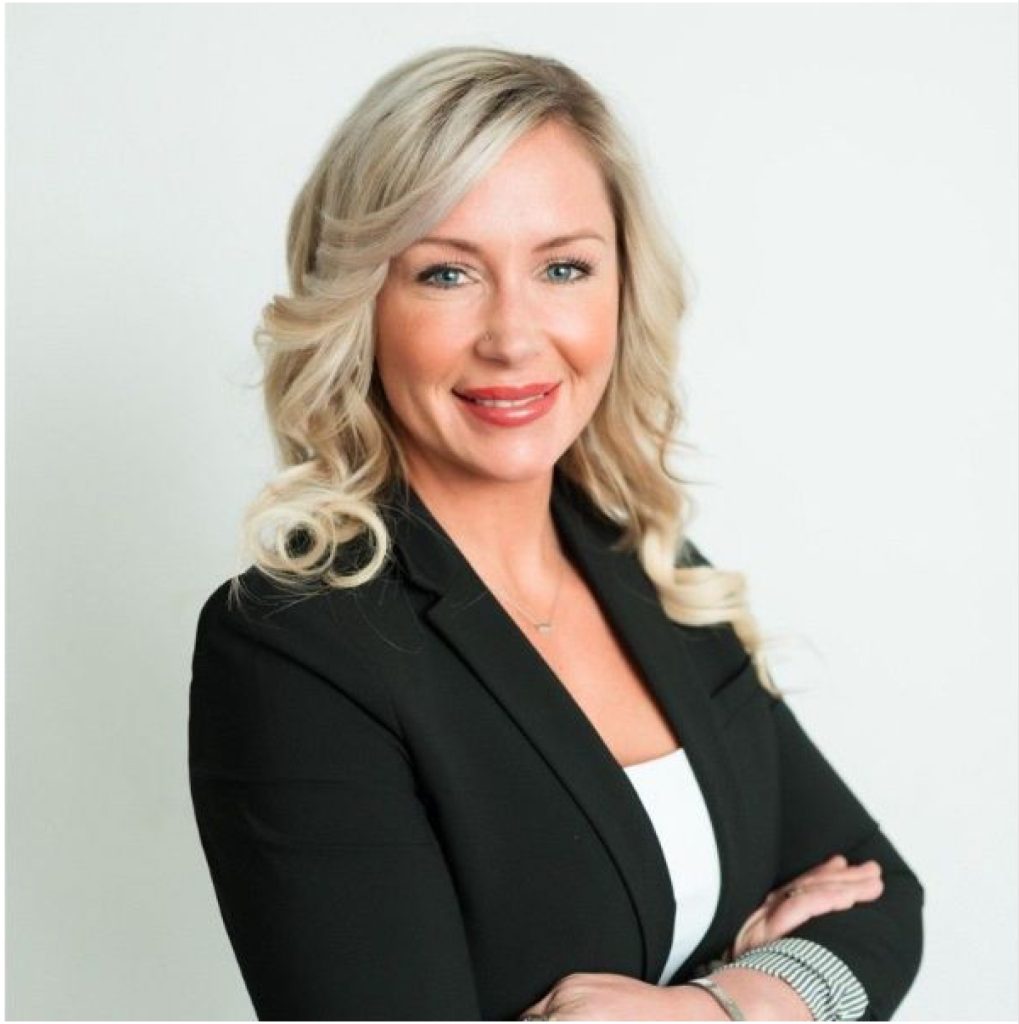Using innovative AI-assisted devices redefines treatment approaches and envisions a future where technology greatly enhances patient care. In this episode, we have Charles Gellman to talk about the revolutionary world of AI-assisted robotic devices. Join us as Charles explores the game-changing HiDO device, a groundbreaking technology designed to transform patient care and medication management. He discusses how this device empowers patients with chronic diseases, dementia, and stroke. It gives them independence and freedom. Charles discusses the importance of AI in healthcare and how it can collect and analyze real-time data to provide personalized treatment and disease management. Ready to explore the future of healthcare? Tune in now!
The CE experience for this Podcast is powered by CMEfy – click here to reflect and earn credits: https://earnc.me/2XkckA
—
Watch the episode here
Listen to the podcast here
Changing Health Care With AI-Assisted Robotic Devices With Charles Gellman
We have with us another special guest. He goes by the name of Charles Gellman. He is a fellow podcaster with interviews from notable university professors leading researchers and fourth-thinking podcast hosts. He’s one of the top voices on AI-assisted robotics digital health and its impact on health care. He was featured in a full feature documentary AI Robotics: The HiDO Story.
This is a fun interview. One of the things I like to showcase on this show is people who get into this space of MedTech and then find something that they want to commandeer, whether it’s an invention, or being assigned to a new opportunity with the company that needs leadership. It’s nice to be able to speak with guests that have had been long enough in this space that they now are in a position to be part of something new and game-changing or lead something new and game-changing. This is exactly what Charles gets to share with us, but I am not going to say anymore. I’m going to save it for the interview. As always, we do our best to bring your guests who are doing things differently in the medical sales space. I do hope you enjoy this interview.
—
Charles, how are you doing?
I’m doing great. How’s your day going so far?
Fantastic. No complaints. I want you to tell us who you are and what you do.
My background is in Data Science. What we do is specialize in robotic devices to help people take care of themselves at home without the assistance of others.
Let’s break that down a little bit. Does this mean that you are selling to providers that are selling patients on taking these devices home or are you selling directly to the consumers?
This is not a DTC product. We sell directly to payers. The payers isolate the patients who are struggling at home which happens to cost the most amount of medical spend. We focus on helping enable folks, for example, who have congestive heart failure that they are on multiple medications. They might have some health inequities at home. Let’s say, it’s a social or economic disadvantage, a bad area or minority, and then a combination of different underlying disease states. We enable them to care for themselves by leveling the playing field and having a robotic device that essentially is like a portable doctor in a box to help assist them for themselves.
You say you sell to payers. We have readers who don’t understand what that means. Give us a little background on what it means to sell to the payers and how it ultimately gets to the patient.
The payers select patients upon their medical spend. Depending upon the level of severity of the illness of that patient, they had utilization of hospitalizations, emergency room services, and provider utilization. When the payers look at folks with chronic disease states, they look at the total cost of care and then they have to manage that population-based upon all of the premium spread across the healthy patients, the ones that are struggling, and then the ones that are in the hospital. What we do is isolate the folks that are struggling the most. The payers are selecting those patients for us to deploy the robotic devices to help them alleviate some of those high costs.
What does that look like? Let’s walk it back a little bit. You have this entire company. What is your company made up of? Is it a large or small salesforce?
We focus primarily on R&D and Engineering. The majority of the folks are on the engineering side of the house, whether that be mechanical, biomedical engineering, or software design. We hired three sales folks. I’m very excited. Those are all folks within my network that I have done business with in the past and very excited to bring them on. We are looking for some fast growth with some major health payers and self-funded health plans in the future. It’s instrumental to have quality sales folks who can tell the story to others and broadcast the messaging and awareness. You have to be highly skilled at conversations as well as being able to pivot the conversation based on the audience’s reaction. This is a very very defined skillset.
Walk us through that. What does a day in the life of a sales professional for your company look like?
Every day is different. Nothing is the same. What I would say is that the foundational knowledge of the salesperson is what the core foundation is, but a lot of the day-to-day interactions are reaching out to executive leaders telling them the story of what the future can be in addition to showing them what robotics technologies can enable patients to do and being able to tell that entire story and why it’s important from a patient standpoint but also living on will tell them from a financial standpoint why it’s important to them. Being able to have that intellectual aptitude to wrap that story around why and important for both parties to engage in a particular type of sale.
Your sales reps are calling insurance companies or the payers. They are trying to get access to the C-Suite within those insurance companies. This is a phone-based type of sale.
It could be either/or. I believe in whatever it takes. If it’s a phone, video, or face-to-face, they need to go to conventions and go elbow to elbow if they need to talk to people in person. Generally speaking, these are complex sales cycles. For some of the folks that may be reading this, if they are a little bit newer to medical sales, there are some transactional sales that could be several months, but there are other sales that are complex sales cycles that could be anywhere from 2 to 5 years depending upon how high up and if it’s an enterprise B2B sale. This would be an enterprise B2B sale.
How long have you been doing your thing?
We have been around for many years.
You have some sales that closed that you started when you guys started.
As you are building the plane and flying it, you are also in parallel paths selling the plan and the technology, and then they should come together as one.
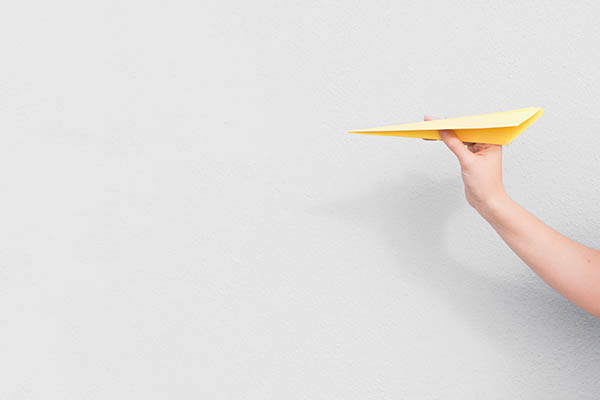
I think this is unique because it’s not often that people know about these types of services you guys offer to payers. I don’t even think there are a lot of people who don’t know that payers buy these types of devices for patients. Talk to us a little bit about how you got into this. Is this something that you have always known when you entered medical sales? Did you work on a certain side that allowed you to see this? Is this a new opportunity that you started to get in front of?
My background is in Data Science. My Master’s degree is in Clinical Informatics at UC Davis Medical Center. I did a post-baccalaureate Pre-Med program at UC Berkeley. I mentored StartX Med for some Stanford-based startups. I also started my career with Johnson & Johnson, being exposed to the Pharma side and then went to medical devices. I help Premier out with some GPO stuff in Walter’s software.
I have always been within the medical arena and writing for different companies. I stumbled across a couple of different variabilities that exist within healthcare and those underlying foundations of healthcare where I thought that there were challenges that nobody ever solved. That was, “What is the blueprint for health look like? How do we figure out which cocktails and medications elicit at best outcomes based upon disease, age, gender, race location, and some of the other social disparities of health, and has anybody solved that?” Before I even started HiDO, which stands for Health Information Data Outcomes, I wanted to see if a technology existed that had data to present so I could then extrapolate that and share a good gold standard of care across organizations across the country.
What is the closest technology that did exist for this?
They don’t. There are reminders on your phone app. There are some devices that dispense pills. There’s nothing that gives you 100% confidence in the data so you can extrapolate whether or not medications are taken or missed and then correlate that with bloodwork, ER visits, and hospitalizations. I had zero intent to do this. I have no interest in people dispensing at all. That wasn’t even on the radar, but because I was trying to figure out a different idea and solution, it thrust me into the medical device space. I happen to know a number of engineers out of Stanford. They went down this crazy rabbit hole with me. Now we are here talking to your audience.
Let’s dig a little deeper into these devices. You brought up congestive heart failure. Give us another example. Walk us through the patient goes to their provider, suddenly, they are in this position that you guys can help in their insurance. Walk us through the whole thing down to it’s now in their living room or wherever it is and taking care of them.
A patient would already be hospitalized within the previous twelve months and they probably have an ER visit or two. These are the folks that could be struggling with congestive heart failure. Maybe they are a hypertensive diabetics. Maybe they had a stroke or mild to moderate dementia. There could be a number of different chronic disease states that could be a good fit for the HiDO device. Once the payer of a health plan selects the specific patient, they would be contacted by a case manager or nurse within the plan and suggesting that they have a device and it’s free of cost to them.
At no cost, that will help alleviate some of the complications that they have with medication taking so we can reduce their exposure to the hospital and the ER. Once the patient also agrees, then a HiDO employee will come to their house. They will set up the device. It’s got a face ID or a passcode. The patient will then go up to the unit, test it out, and make sure that it’s working to dispense the medications and then we do a remote direct observation recording in front of the device. The goal behind it is to eliminate home medication errors.
This is all reported to their physician or their team of physicians.
The providers are not monitoring this information. Their doctors and nurses do not need to monitor this information. This is monitored by the health plan. They could have pharmacists, MedTechs, or case managers in the background that monitor the behaviors of these patients. There’s no additional burden on their primary providers or specialists.
You guys have several years. There’s data on how well this works and please share it with us.
I’m throwing this to you and your audience. What do you think the reduction in hospitalizations would be for congestive heart failure patients who are using an assistive robotic device such as this they have multiple hospitalizations and ER visits. What type of reduction occurs on a percentage basis with the utilization of a HiDO device?
I would like to believe, if the device does everything that’s claiming it does, it’s 30% or 40%.
Higher.
60% or 90%?
We had an 80% reduction in hospitalizations for the most severe congestive heart failure patients with mental health conditions, diabetes, and underlying conditions that frankly are real for a lot of folks who are struggling at home, but it also speaks to how much these people are struggling at home, trying to care for themselves. Nobody truly understands the caregiver burden or if you don’t have any caregiver the burden is you and I. It’s us looking in the mirror and trying to care for ourselves when we are struggling with the disease. A lot of these folks don’t have anybody but themselves to care.
[bctt tweet=”Nobody really truly understands the caregiver burden.” via=”no”]
Over what period of time is this Improvement?
We have an 80% reduction over 12 months. This is not a one-month thing. This is twelve months of data, not HiDO data, but the health plans data given to us to report. We have a fantastic white paper for any of your readers at HidoHealth.com. You can jump in there. You can read all the information.
This is a pretty fascinating stuff. What I want to know is if you have an 80% success rate in reducing hospitalizations for these diseases that are very necessary to be treated consistently, then it almost seems like you don’t need a salesforce. This is a no-brainer. Where is the resistance? Where’s the challenge in getting every pair to say, “What we are doing this. No questions asked?”
I would never underestimate the power of this salesforce. The salesforce to me are professional storytellers. If somebody comes to you and is not aware of the technology, the data, or the story, then you need a way to communicate that effectively to the market. We are not DTC. We are not putting commercials on TV. We interact one-on-one. A lot of the relationships that we are growing and communicating to are often the executive leaders that are able to read a white paper or maybe they don’t come across a video. It wasn’t incumbent upon a dedicated talented group of sales individuals to get that message across so people are going to be aware that this technology occurs.
What type of resistance do you guys get when you engage a decision-maker within one of these healthcare insurance companies?
Everybody is very excited about this technology. People are not aware that we exist. The greatest resistance is getting to the right folks so we can message them and they know that this technology can alter the way they care for folks. The resistance is not knowing that we exist.
When you do engage someone you guys don’t have any resistance.
People are very excited about what this can do. Sometimes, in life, one thing can transform everything. If people can care for themselves at home right now without assistance, think about the labor strikes and the cost of hospitalizations, ER visits, and the total medical spending that pairs are already having to put money out. What if we can drastically reduce that spending on things that keep people out of the hospital so they can live their lives happier and better without utilizing those high-cost services?
[bctt tweet=”Sometimes, in life, one thing can transform everything.” via=”no”]
Can you share what type of clients you have as far as the insurance companies?
We have been live at a Medicare Advantage Health Plan. We have done NIH-funded studies at Stanford University where we are studying HIV-positive patients with antiretrovirals, in which we determined that a sub-therapeutic adherence threshold had non-detectable viral loads. We have also done NIH-funded research with RUSH University in Chicago with mild and moderate dementia. This is where the next curveball comes right to you. What percentage at a total number of fifteen patients with dementia could utilize a new robotic technology with zero assistance from anybody else and then dispense the medications multiple times?
The question is how many patients can operate this?
How many patients can operate and use the device out of fifteen patients without being trained?
If they have dementia, it would seem to be difficult, but based on your other statistics, I would say you guys figured out how to get them all trained.
Out of fifteen, what do you think are success rate would be?
Fifteen.
15 for 15. Usually, you are supposed to go a little bit lower.
I missed that, but if I missed it, then the audience might have missed it too and went straight to the punch line.
Imagine if patients who have cognitive impairment are able to utilize a device. We have made it easy that patients with mild and moderate dementia are able to utilize this device, the implications for the greater populations that have chronic disease and polypharmacy are wide.
It almost sounds like this device needs to be in every single patient’s home. With this device, without sharing too much. What does the experience like from a patient’s perspective?
Are you a coffee drinker?
No.
That’s unfortunate. All of your audience who are coffee drinkers, probably are familiar with a Keurig coffee device.
Even being a coffee drinker, I do have a Keurig.
I guess we can re-engage in conversation. For all of those people who are familiar with the Keurig coffee machine, you have those little pods in the background, what does this look like we did this by design, it’s very similar to the look of a coffee machine and a hybrid of a ring device. The idea behind this is we don’t want to remind people that they are sick all the time. We want to put a piece of technology that looks nice in the home so it’s got beautiful colors. It’s white and gray. It’s got a gigantic screen on it. It uses a face idea to unlock. It’s very easy to use. We did that by design because we not only want people to be able to use the device. We want it simple, but we also want it to look like a piece of artwork within the home. We aren’t reminded that they are sick, but they want to use the device because it helps them stay healthy and happy.
That’s great, but give us more. What’s the operation like? Walk us through one of these types of patients that utilize this device. What is experience like for them? What’s happening?
I’m going to give you a patient. His name is Anthony. He’s all on our website. Anthony and Helen. Anthony was super active. He was eating right, playing rugby, and lifting weights. He is an absolute beast but he had a stroke. Due to the stroke, he was paralyzed in half his body. He is a friend of a friend. His wife Helen is struggling in trying to work full time and take care of her husband who is newly diagnosed with a stroke. There’s a bunch of medications. All he wants is a little bit of Independence and freedom.
He rolls up to the device in his wheelchair. He’s paralyzed. He’s able to go up to the device. It unlocks. He doesn’t have the ability to even unlock the bottle, unlocks, dispense the medications and then he’s able to put it in his mouth and then stroll away. His experience with the device is to give him a sense of Independence and freedom. Also, his wife, Helen, no longer has to be at home to give him the medications that he needs to make sure that he’s in a healthy state from a cardiovascular standpoint. That’s one specific instance of the types of people that we can service.
It doesn’t take your vitals or anything like that. This device specifically administers education with the goal of making sure that no doses are missed.
The goal of the device is a behavior modification device. We need to know whether or not you missed or taking your medications. The goal is to stabilize your medications so you have disease stabilization or regression. For folks that have cardiovascular disease, there’s a thing called heart remodeling. There are very effective drugs that can improve the function of your heart if you take the drugs. There are hundreds of billions of dollars spent in R&D and Pharma manufacturing to distribute drugs. If we don’t know people are taking the medications as prescribed, then it’s a complete travesty because hundreds and billions of dollars are spent one year on drugs that aren’t being taken.
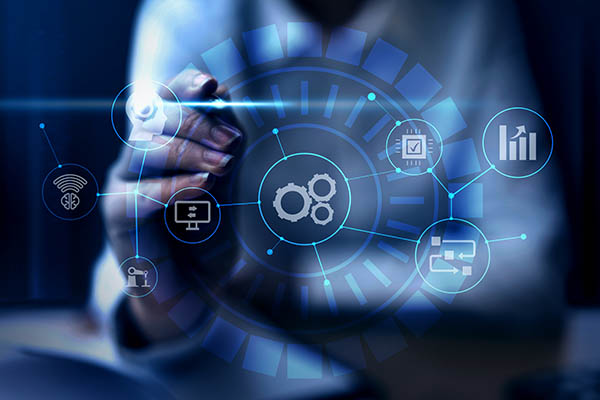
The training with this device is you need to be fully dependent on this device for any type of medication as long as you are, we can have a better chance of making sure you stay compliant.
The HiDO device assists people who have chronic disease and polypharmacy to ensure that they are following the directions of their doctors and nurses as prescribed. Instead of having to remember everything, “Why am I taking this device? When I’m supposed to take this device?” We automate everything for you.
With technical malfunctions, all technology has these issues. How does it play into this space? How do you guys stay in front of that type of issue?
With this type of thing, we have tested tens of thousands of times. The useful life of these products was probably not going to be more than 3 to 5 years, but what we have done with this because of the level of severity of illnesses, we have taken it to the nth degree. The reason why we have tried this on dementia patients and patients with stroke or these were supposed to be stress-testing cases. We didn’t expect that to work so well. As it works so well, we opened up the markets to disease states that we would have never thought were possible.
How does it alert the patient to take the medication, like a beep or something worn? How does it work?
How about you give us some things that you think would be helpful to patients? How do you think patients would best respond to the different types of communications from an alerting standpoint?
The cell phone, sound, and a smart TV if need be.
We alert, not only the patients but also if they miss their medications, their caregivers, or loved ones. The fastest way to change your behavior, if you are married or you ever have a significant other is to alert your caregiver or loved one that you missed your medications and you will have a very quick change in behavior in regards to taking medications on time and as prescribed.
With this type of device, can you get your pills before it’s time to get them or it’s locked and there’s no way, there’s no access at all in the hopes of modifying your behavior?
There are guardrails on it. If you have dementia, bipolar schizophrenic patient, or can’t recall whether or not you took your meds, it will not dispense certain meds if it’s not within a window. We usually do a plus or minus two hours so that’s fine and you can do that, but very specific drugs that are time-dependent have to fall within a certain range because of the toxicity of the drugs or because if you wait too long, you don’t want to have some type of contraindication happen.
I’m going to be honest. This sounds like it would be a great consumer product. I can already think of at least 2 or 3 people that I know of that would benefit from something like this. Why is it not going back direction, or is it something that you guys saving for a different time?
I think that there could be a time and place for that in the future. We are solely focused on the folks who are at greatest risk and who desperately need this type of technology. It’s not to say in the future that a major company like Google, Microsoft, or Amazon might have devices like this where they are in every single home like a microwave or a stove. The entire public has access to something like this.
I’m going to challenge you. I want a better answer because this sounds, from what you have described so far, I’m thinking why in the world wouldn’t anyone, especially the elderly population, benefit from a device like this? If it’s as straightforward and sleek as everything you guys have created, why wouldn’t you be working to make it a commercially available product?
That’s a completely different vertical DTC. It’s much different. When you have a startup you have to be very mindful of the markets that you enter. If you try to do everything, you will die as a startup. You don’t boil the ocean. You have to be very specific about your approach and the verticals. You have to do things very well. Once you do things very well, then you can be mindful about the next approach.
If you do too much then there will be no HiDO and we will not be helping anybody. My goal is to help the folks that you the most right now. Once we get out into the wild and have enough funding behind us because we are a startup, then we can be very mindful of our next steps in regards to increasing our awareness as well as our scope to deploy enough devices to service all the folks that do have chronic diseases.
You explained this earlier, but I’m going to backtrack a little bit. You discovered this opportunity to go to the payers because why was that the first notion?
It wasn’t the first notion.
We need some history. Give us as much as you can share about what the first notion was and remind me of how you ended up with, “We need to talk to payers?”
There are a couple of different total addressable markets. It depends on where you want to go. As you have alluded to, many people have focused on direct-to-consumer and that is fantastic. There’s a specific marketplace for that. My background is not direct-to-consumer. My background is in enterprise hospitals, and health plans and covering large patient populations. That’s my expertise.
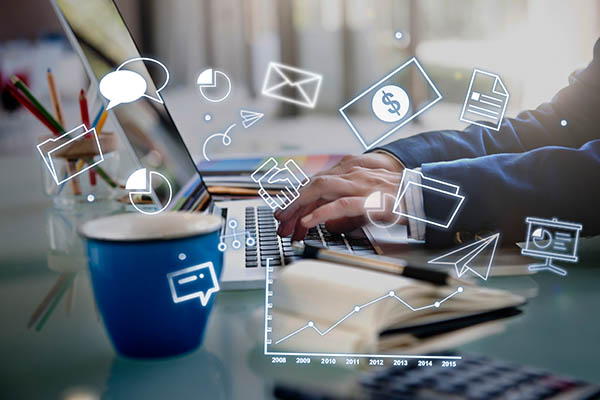
As a salesperson, you have to figure out what is your bread and butter. Maybe if I had established relationships with pharmaceutical companies and we were looking at clinical trials, real-world evidence from real-world data, and I had established relationships on the ecosystem, that may have been the vertical that we are attacking.
I was very fortunate. The grand slam area that I’d like to address would be health plans because of the reach and the scope, but I didn’t think that I’d be able to get to that place. We have been very fortunate because people understand what the technology can do to enable that population, but also we have some fantastic advisors behind us who have very strong connections with those folks. I would have never said to you, “This is our plan. This is where we are going to hit. This is where we are going to end up,” because I would have been fooling myself.
You discovered the opportunity as opposed to coming out the gates and wanted to turn some things up.
I wish I could say that everything was strategic, “We did 1 through 5 and this is how we got there,” but that’s far from the truth. I always wanted to get there but you need to have a team behind you to support you to get to that level.
From everything I have heard, this is a no-brainer, but you did talk about how sometimes the sales cycle can take up to five years. Give us a little bit about what major milestones are happening that are causing this no-brainer to take up to five years.
No matter what the product is, whether it’s a software solution or there’s a device, there are other Market factors that the decision-makers have to wait for. That could come down to budget, reimbursement rates, and organizational disruption. There are a lot of different mitigating factors. There are strikes going on with providers. There are different contractual negotiations in the background. all of those things tend to delay the sales cycle. In addition, you have to make it within the top ten projects to even be part of the conversation and then it has to go through different subcommittees. This is not a fast process and the larger the organization generally speaking, the longer it takes to get a deal done.
By 2025, what are you what is your biggest hopes and ambitions with HiDO?
My goal is to have full pharmacy integration and workflow so patients get their medications directly from mail-order pharmacy to their home into the device and then into the mouth. What we want to figure out is the last mile that Amazon has done for shipping but for medications. It will be the first one to document whether or not people are taking or missing their medications in real-time.
The power of that is to completely transform the healthcare system because once you know which cocktails and medications work best for different types of populations, then doctors can treat patients as such. They are using a peer treatment which is based on their medical education and their clinical experience. What if they can make decisions based on real-world data that they are getting from their patient populations?
With this device, you said the payers ship it to the patients.
We take care of that. We contract with payers.
For the medication that goes into the device, the patient is responsible for setting that up.
Everything is pre-programmed. We have patent technology within each cap. Each cap knows the medication name, dosage, frequency, and count. It’s like a Keurig coffee machine. You would load up the bottle in the back and the device auto recognizes all the information so the patient whether or not they are cognitively impaired doesn’t have to remember that.
If a dose is changed by the provider, I’m assuming it’s told straight to the machine.
That is possible to do in 2025. Now, we could do that but that might require some additional designations and classifications. Whatever’s prescribed by prescription is what we dose, but what you are talking about is titrating up or down. It’s upon people’s reactions. That has to go through the proper channels of electronic prescribing in order to alter those.
If a patient gets their dose changed and they are using this device, something is submitted to your company. Can you guys remotely adjust or do you have to send a checkout or how does it work?
We could remotely adjust if needed.
How many patients would you say are on HiDO?
We have under 100 patients that are on the HiDO device. It stems from patients with terminal cancer, stroke, dementia, hypertensive diabetic patients, bipolar schizophrenic, and HIV-positive patients. We have run the gambit.
I want to ask a strange question. How large is the team that’s managing the 100 patients? When you guys think of scaling, and let’s say by 2025, you would be able to get 2,000 patients. What’s in place that can handle that or do you guys have to figure it out and restructure or higher?
Software scales. I’m not concerned about that. Ultimately, we are not care providers. We are not taking care of the patients, the health plans have either pharmacists, MedTechs, or case managers have access to the clinical dashboards. For us, that’s not the question. We will scale out devices like every other manufacturer going to a third-party manufacturer, tens of thousands, hundreds of thousands of units to deploy and then the software itself, once you prop that up, you have people behind it. That’s not our team.
This is good. It seems like you are very excited and passionate about what’s going on. How’s it going so far?
We are very excited. I came back from a healthcare conference in Las Vegas. Every single person that I spoke to whether the reporters, health plan executives, or investors is very excited about the future of care, especially when it comes to assisted robotics in the home. There’s a lot we can do to impact millions of lives. The question is, “How fast do we get there? How do we create the awareness? Who are the salespeople that are going to come along for the ride?”
[bctt tweet=”There’s a lot we can do to impact millions of lives. Now, the question is how fast do we get there? How do we create awareness?” via=”no”]
If someone is reading this saying, “I have to get involved,” is there something that someone can get involved with, whether it be investment or hired by you guys, what opportunities are available?
The first thing to do is go to HidoHealth.com and take a look at the videos, the testimonials, and the technology. Feel free to connect with me on LinkedIn at @CharlesGellman. Feel free to drop me a note or connect, and then we can see where the conversation goes from there.
This has been fantastic. I love everything you guys are doing. We are going to wrap this up pretty soon. Is there anything else you want to share with the audience? Remember, the audience is people who are trying to get into medical sales, are in medical sales, and are leading the way within medical sales. Any last words you want to share with the audience now that you know who they are?
When I started my career in sales, I would keep learning as much as I could, especially with medical sales because it’s changing fast. Be curious. Read up on what’s going on with the different technologies, understand the reimbursement landscape, and the struggles that exist in the challenges and the gaps, and position yourself for success. If you are not strong at a specific suit, if it’s speaking or knowledge base, work on your gap so holistically, that you grow and become stronger as a person. You can communicate your message effectively. That will separate you from everybody else out of the bunch.
We have one more thing to do before we let you go. It’s called the lightning round. The first question is, what’s the best book you have read?
None.
That’s where you are leaving it.
No book. I am 100% focused on clinical research, reading journals, and going forward with the business.
We can take that. What’s the last journal you have read?
I read one with the Infectious Disease Society of America and then I get thrown journals every single day.
Best TV show or movie?
I watched the Four Men movie on The Airplane. That comes up top of my mind.
Was it any good?
It was pretty good.
The third question is, what’s the best meal you have had?
I love everything that my wife cooks.
You got all the can answers. Last question, what’s the best experience you have had?
Going and watching my son and daughter at the swimming. That was awesome.
What type of swimming?
They do freestyle and breaststroke.
My son got into aquatic swimming. These kids are beasts. Some of them have been doing this since they were 2 or 5 years old. They are like little professional Olympians. He’s only been doing this for a number of months, but because he’s very diligent in understanding the strokes, he won his first week because all the kids got disqualified.
How old is your son?
He’s thirteen. How old are your kids?
My son is 10 and my daughter is 5. She’s excelling pretty quickly. She’s pretty young.
How long they have been doing it?
I have been trying to get him into sports forever. He doesn’t stick to anything. He’s only been doing it for maybe 1 or 1.5 years.
That’s a good time. He’s getting it. It was awesome spending time with you. We are excited to know everything we are going to know about from HiDO. We are going to be checking it out. I’m sure my readers will as well. Thank you for being on the show.
Thank you for having me. I wish all of your audience the best in their sales career.
—
That was Charles Gellman, a pretty cool guy who is doing some very cool stuff in the medical sales space. You have read this episode and I already know what you are thinking. You found something that was interesting. You are even more motivated to get a medical sales position or you want to figure out how you can work for a healthcare company.
I’m going to say this. If you want to work for a manufacturer in medical technology. It includes everything. If you want to work for a pharmaceutical medical device, genetic testing, or diagnostic testing manufacturer or you want anything to do in that space, whether it’s a salesman, clinical specialist, associate sales, rep support role, quality control role, or execution role then I want you to visit EvolveYourSuccess.com.
Select Apply. Fill out the application, schedule, and make sure you make that appointment and have a discussion with one of our account executives and let them show you how this can be a reality. This is why we do this. We do this because you only have one life to live. Life is too short to be wishing you could be somewhere when there are resources that can take you there. That’s what motivates me. My whole philosophy for anyone, everyone, and what I hope to do in the biggest way possible in this world is to remove barriers for people.
Evolve Your Success is a company that allows that to happen. This show is one that allows that to happen and works with Evolve Your Success. It’s a beautiful thing to see. It’s a beautiful thing to be a part of. It’s very energized to trudge on regardless of what we face. When you have something like that supporting you as a candidate who wants to get into a position, it makes the difference.
That’s why we have people that have been trying to get a position for 2 or 3 years. They haven’t and then they joined the program and now they are working as the professional they always wanted to be because the support is real. Sometimes I laugh because I believe the words taken a little bit too lightly, “Maybe you can add some support. We would like to support you,” but I think that support is the reason why people get to where they go. If you have the right support behind you, you are limitless. You cannot be stopped.
If you know how to find the right support, cultivate that support, and keep it with you in your entire career, the sky is the limit. If you want to be here, then get to EvolveYourSuccess.com, fill out the application, schedule some time, and have discussions with one of our account executives, and let’s get you where you need to be. As always, we do our best to bring you guests who are doing things differently in the medical sales space. Make sure you tune in for another episode.
Important Links
- HiDO Website: https://us.hidohealth.com/
- @CharlesGellman – LinkedIn
About Charles Gellman
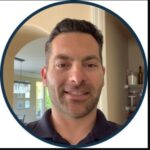 Charles Gellman – Chief Executive Officer of HiDO Health. With over 100+ podcast interviews from notable University professors, leading researchers and forward-thinking podcast hosts. NIH funded research in collaboration with Stanford and Rush Universities. He is one of the top voices on AI-assisted robotics, digital health and the impact on care. Charles Gellman was recently featured in a full feature documentary, “AI Robotics… The HiDO Story.” He publishes his analyses regularly in the newsletter, “The Future of Care.” He is a former advisor for StartXMed and has worked in various executive roles at Startups as well as Fortune 500 companies. He received an MSHI degree from the University of California at Davis, Medical School.
Charles Gellman – Chief Executive Officer of HiDO Health. With over 100+ podcast interviews from notable University professors, leading researchers and forward-thinking podcast hosts. NIH funded research in collaboration with Stanford and Rush Universities. He is one of the top voices on AI-assisted robotics, digital health and the impact on care. Charles Gellman was recently featured in a full feature documentary, “AI Robotics… The HiDO Story.” He publishes his analyses regularly in the newsletter, “The Future of Care.” He is a former advisor for StartXMed and has worked in various executive roles at Startups as well as Fortune 500 companies. He received an MSHI degree from the University of California at Davis, Medical School.
Love the show? Subscribe, rate, review, and share!
Join the Medical Sales Podcast Community today:
